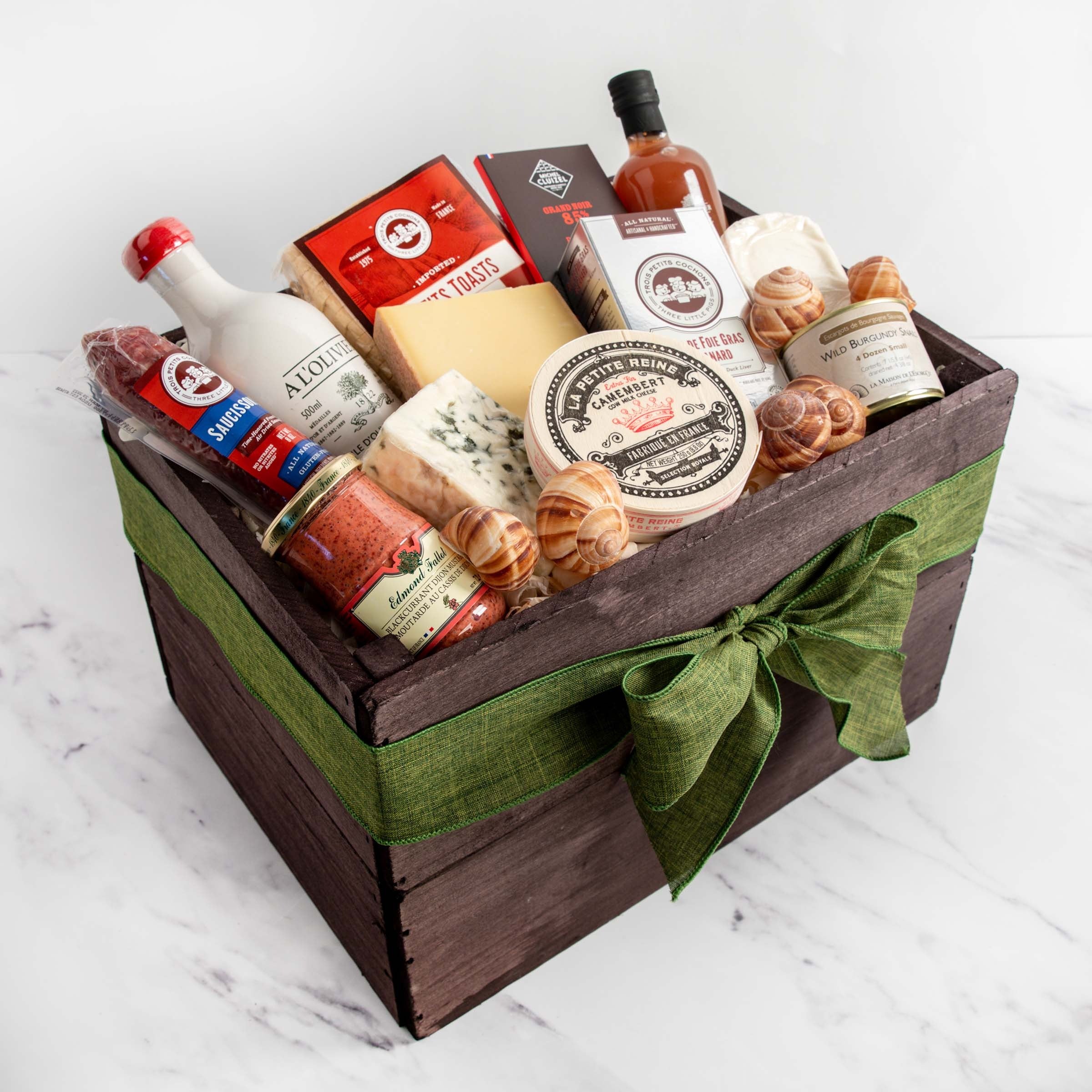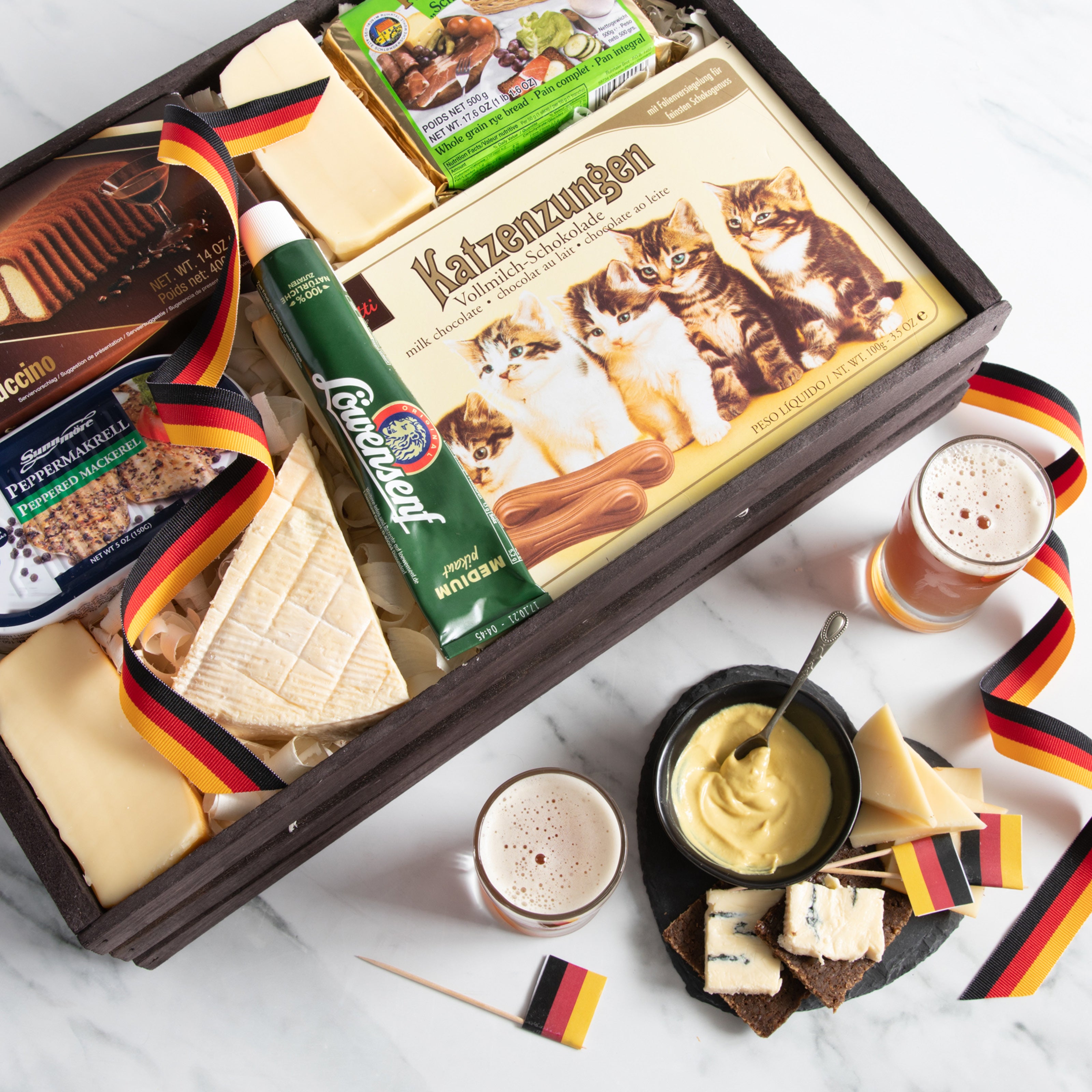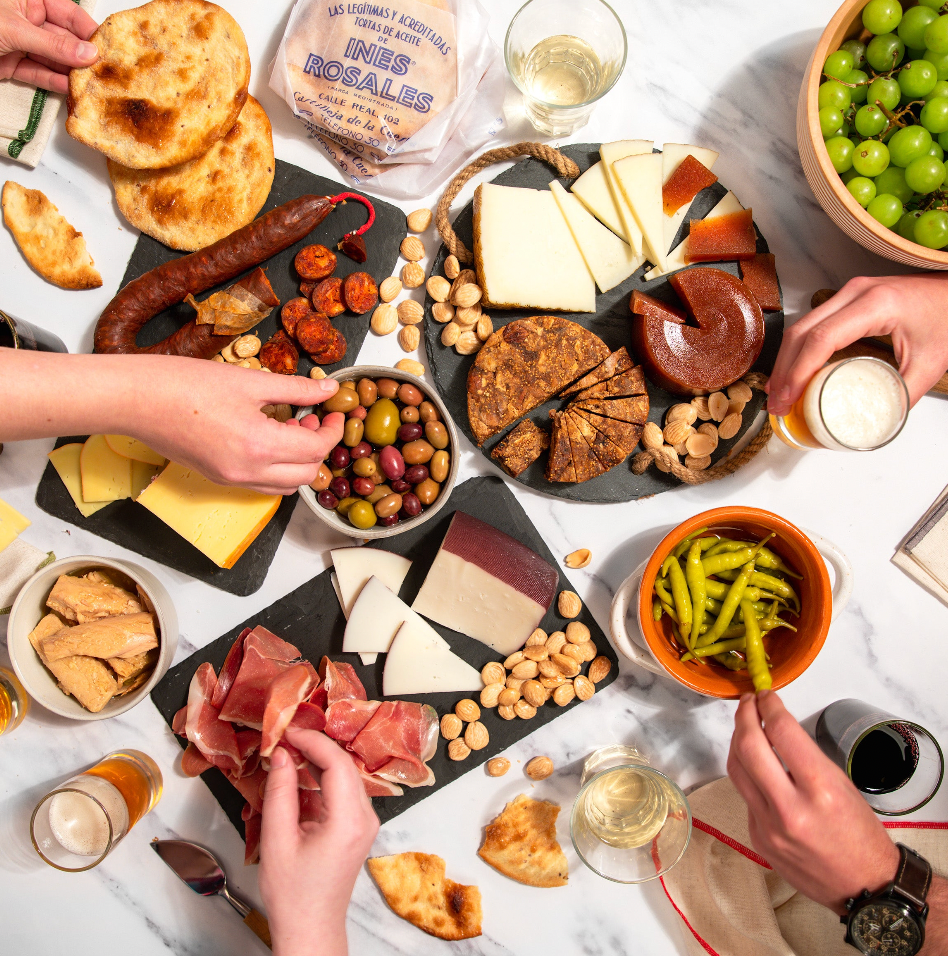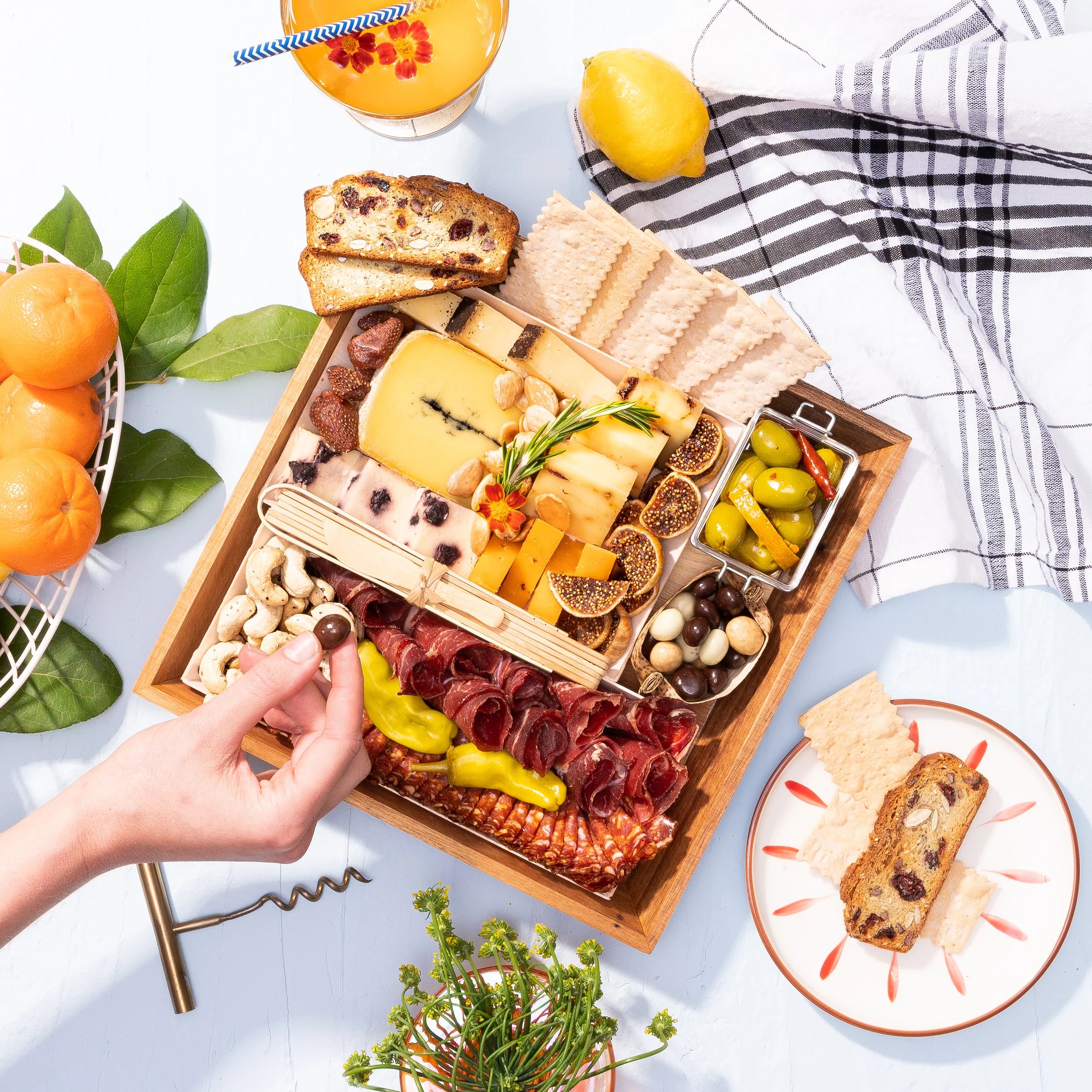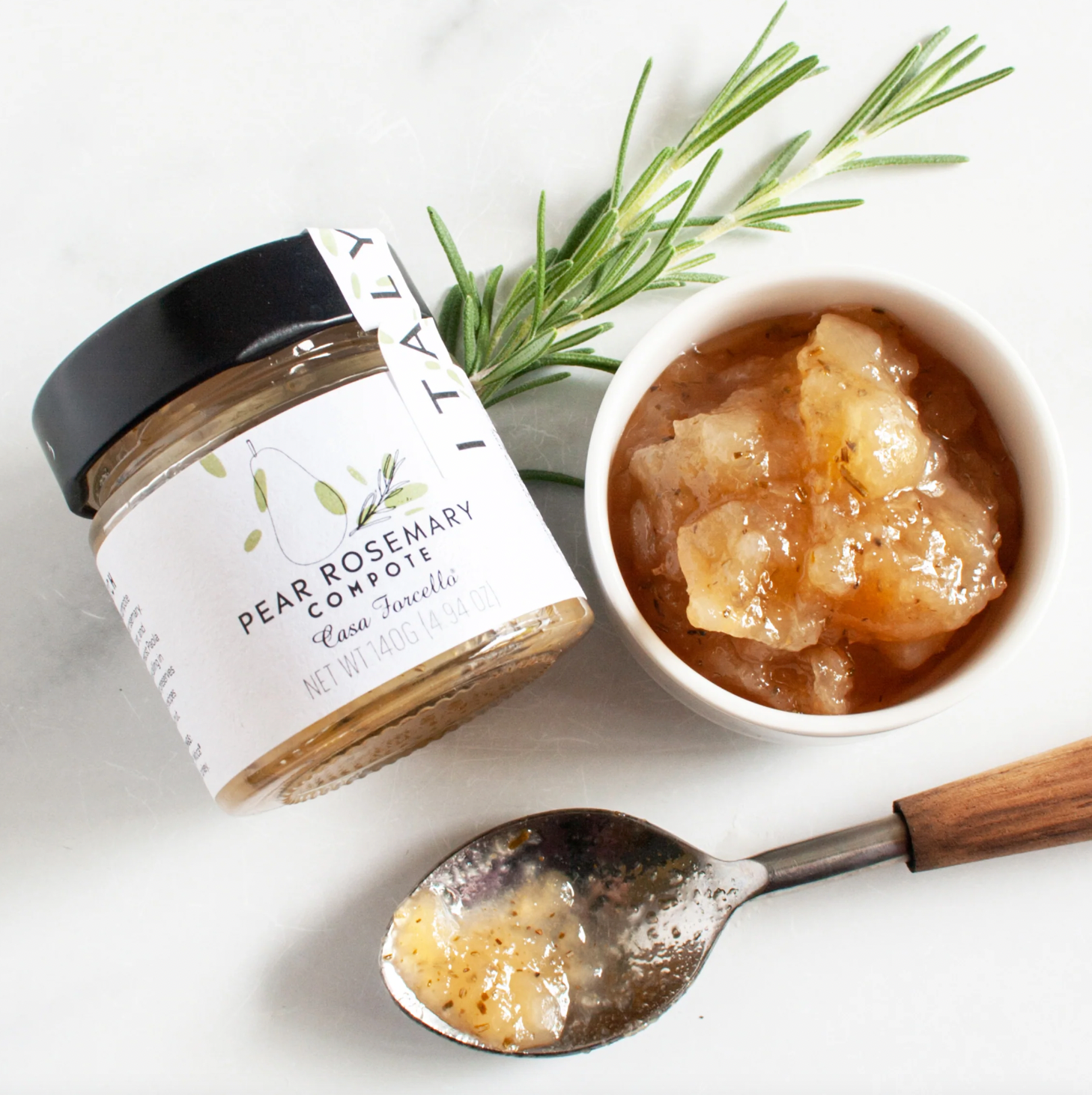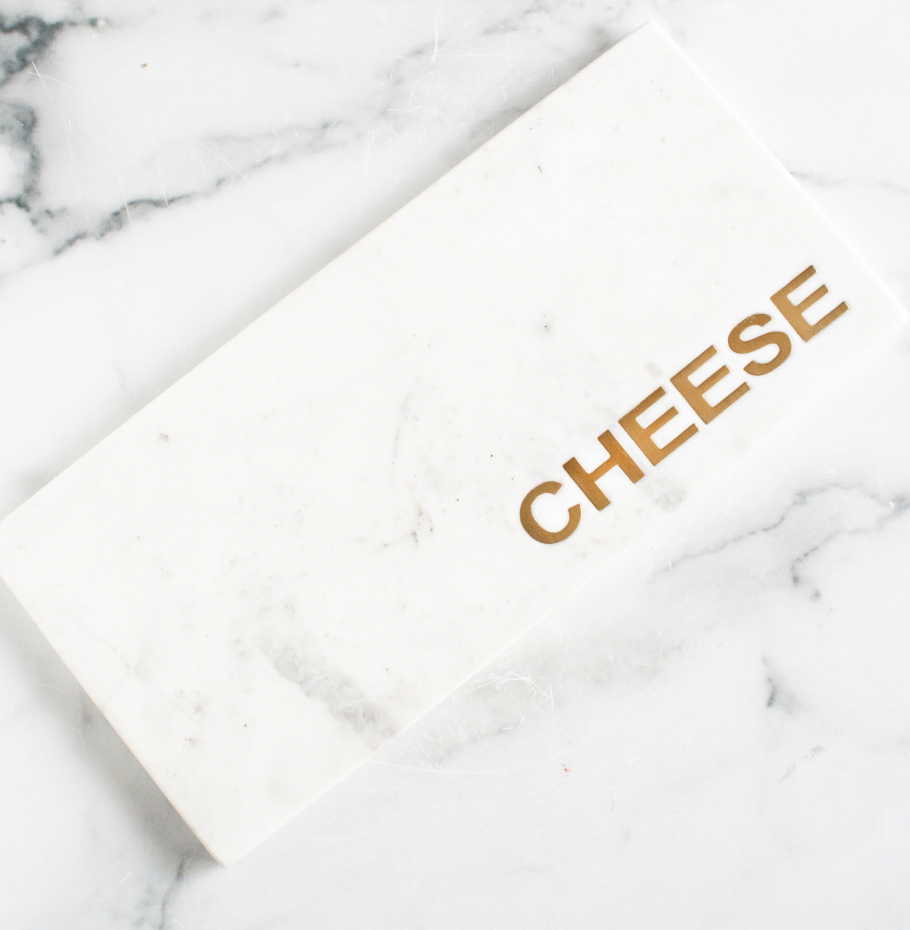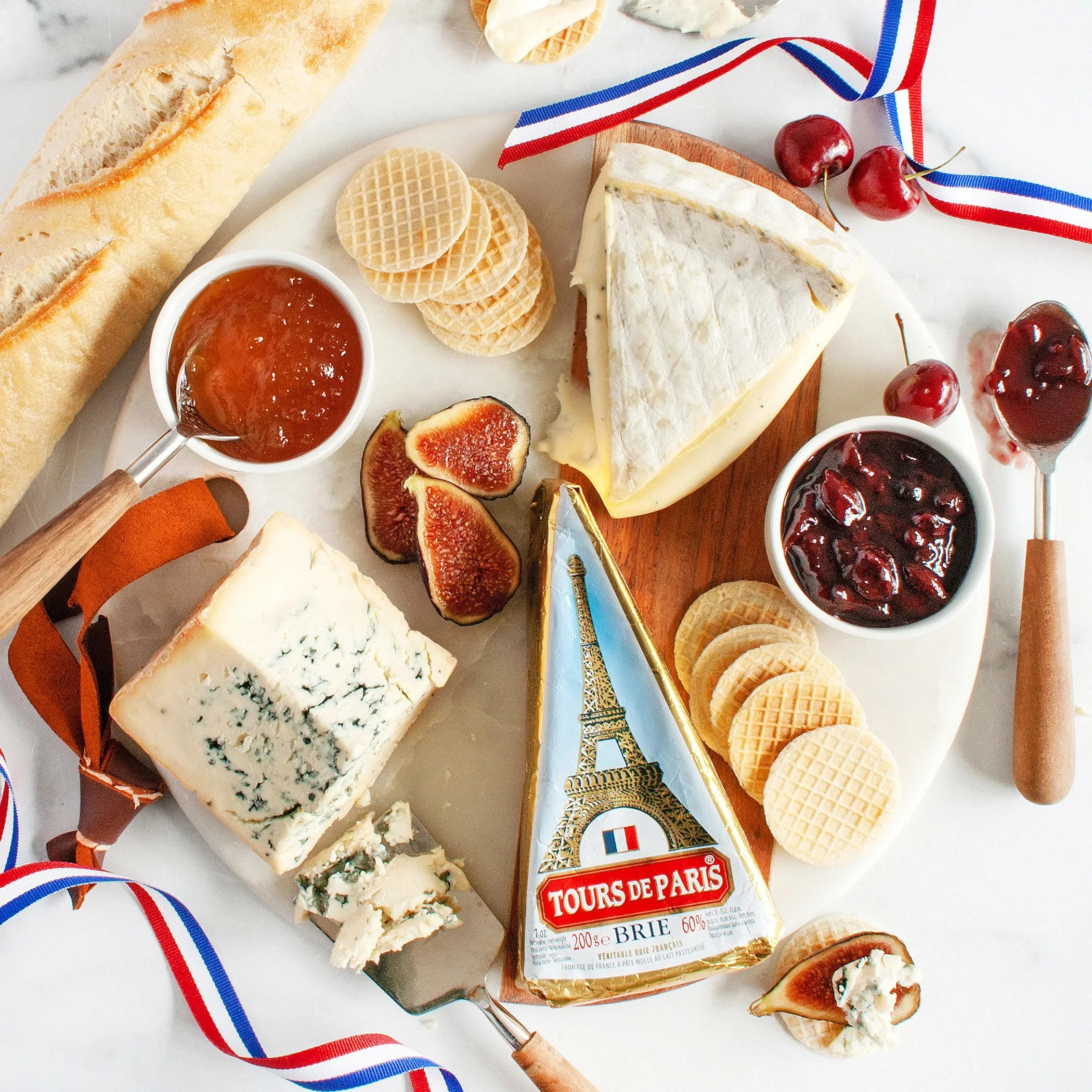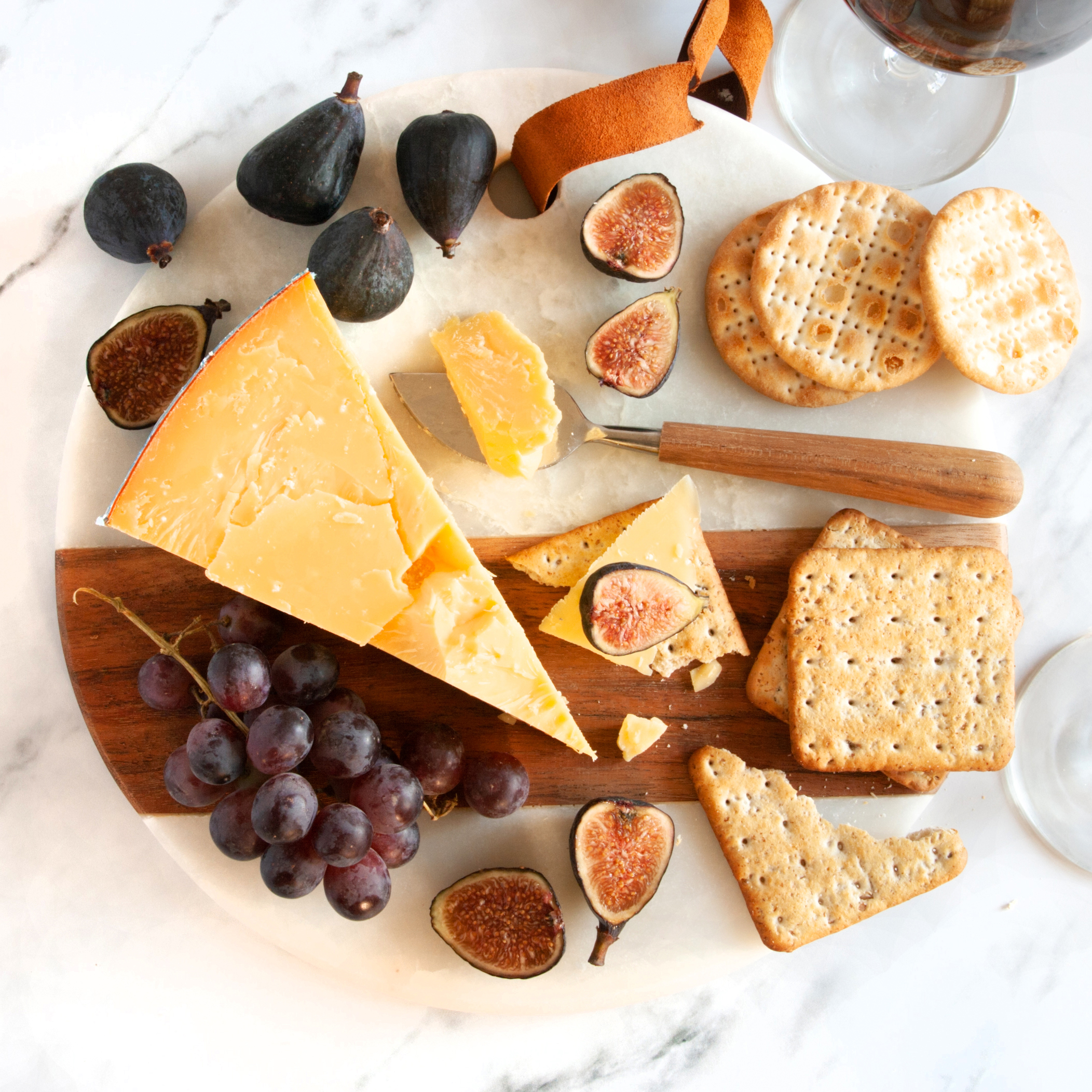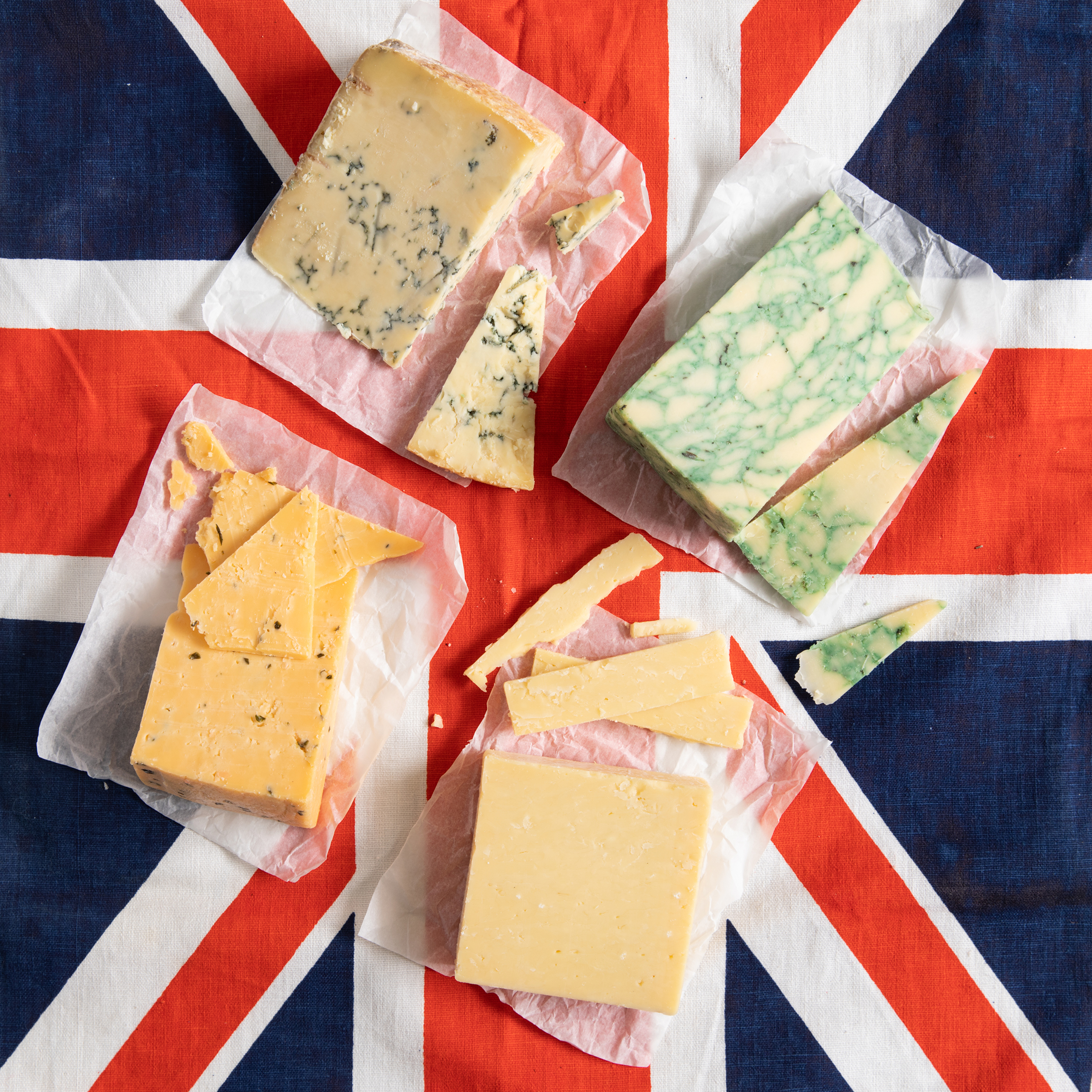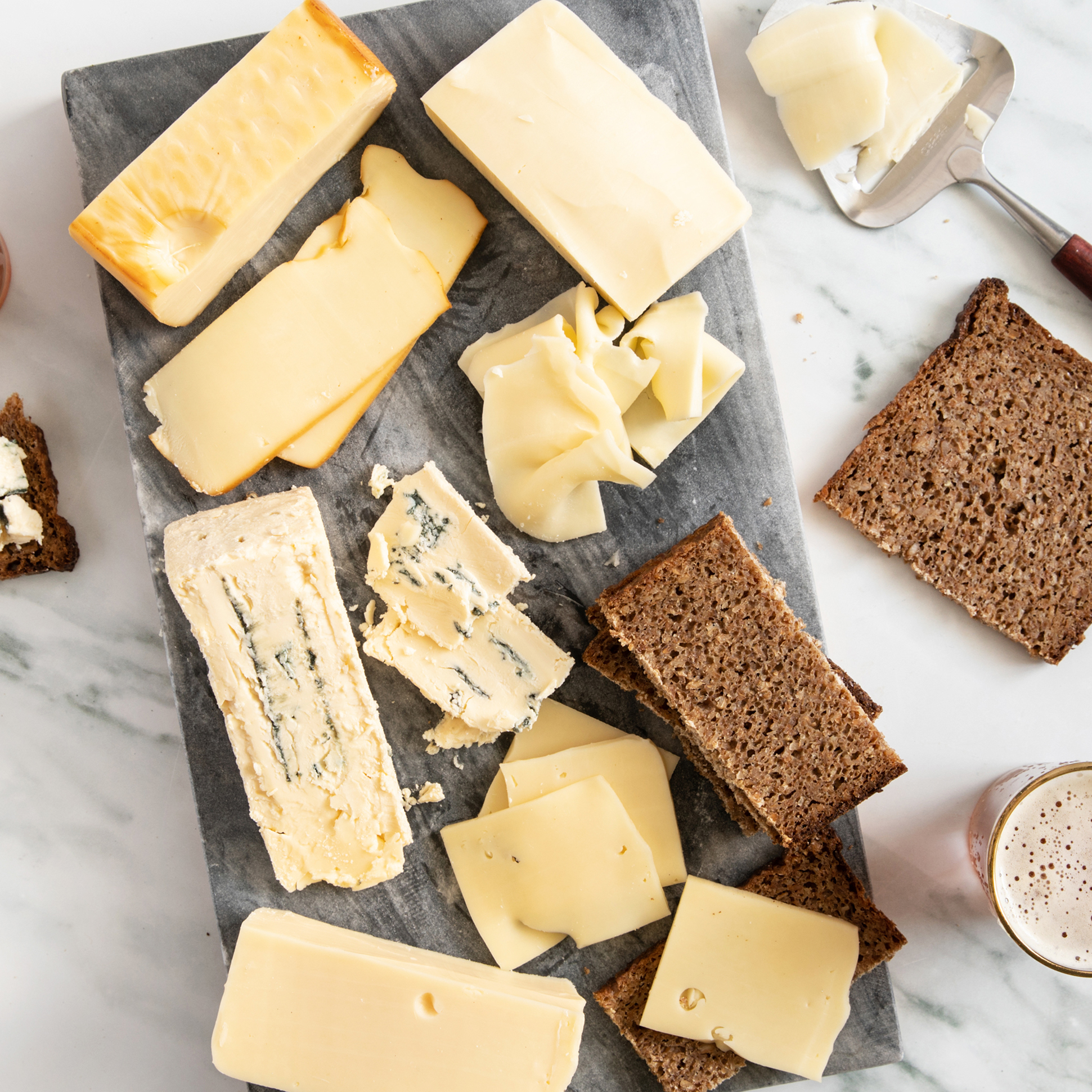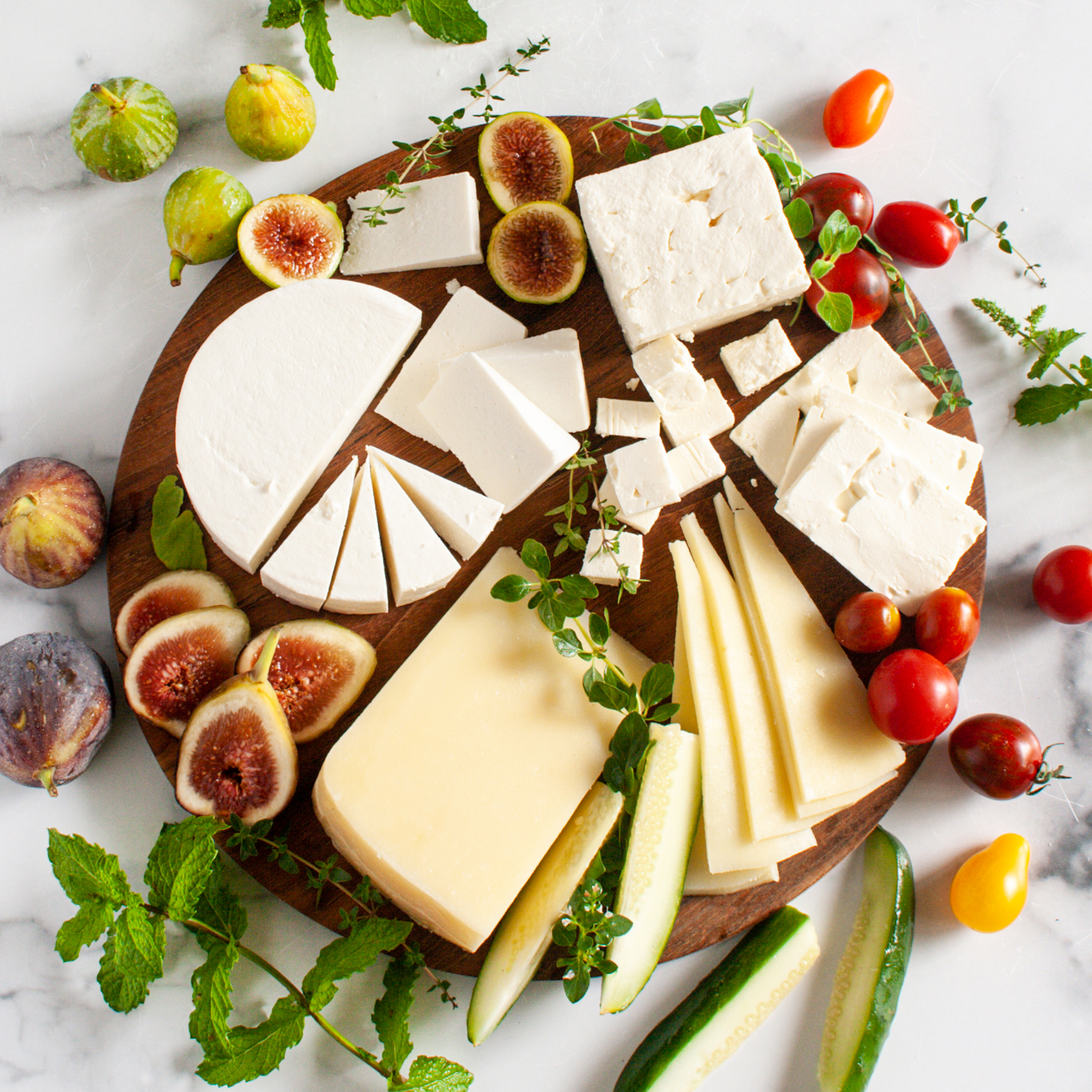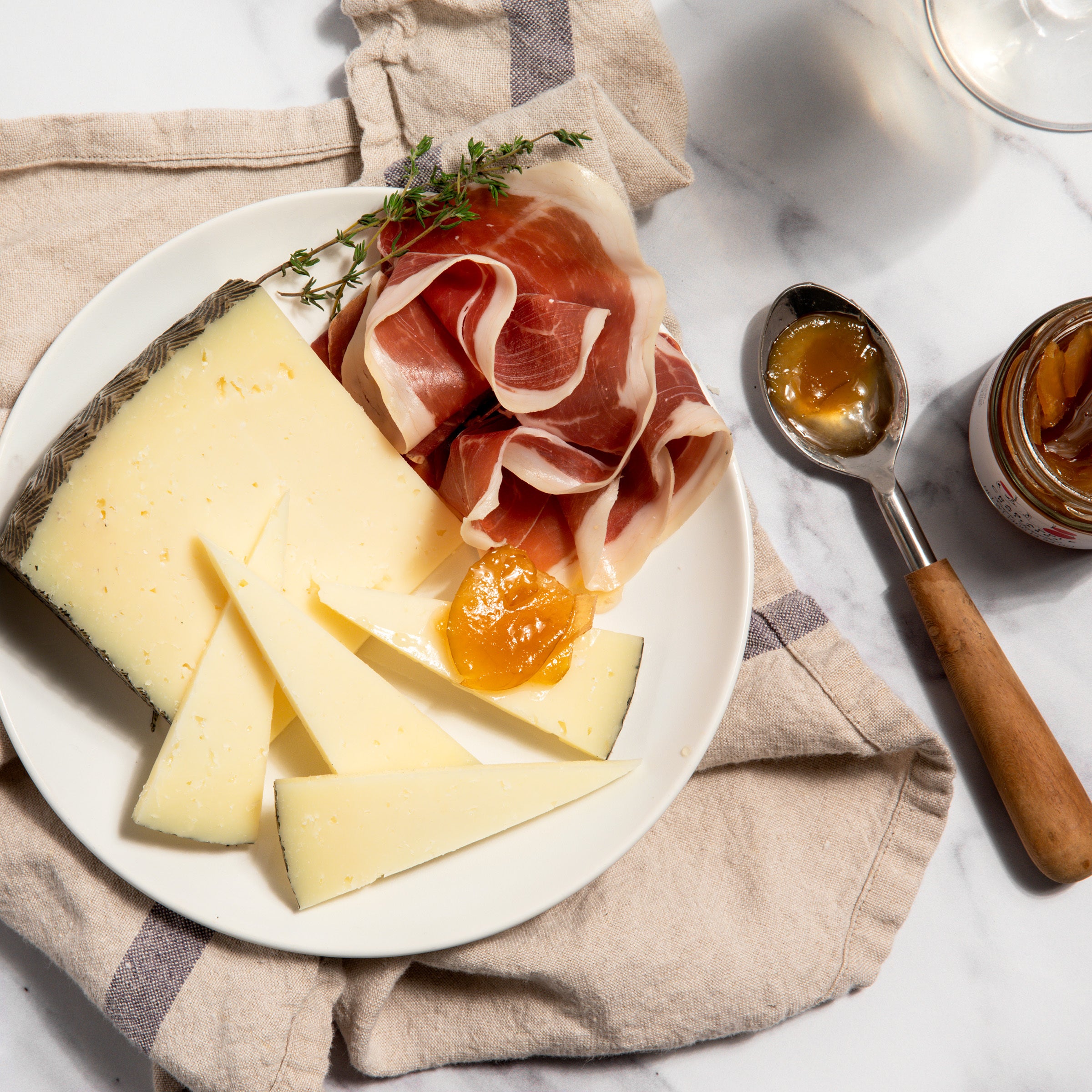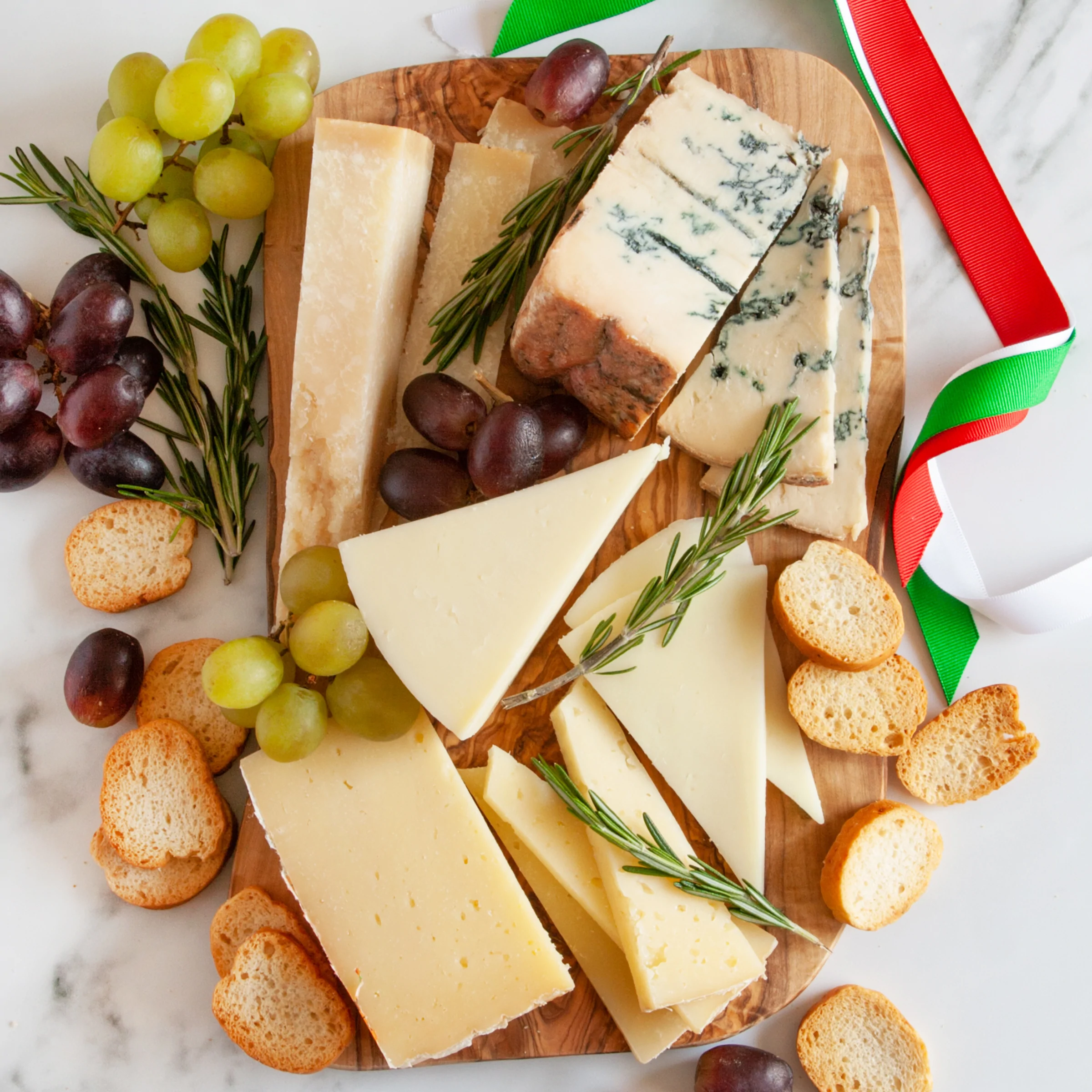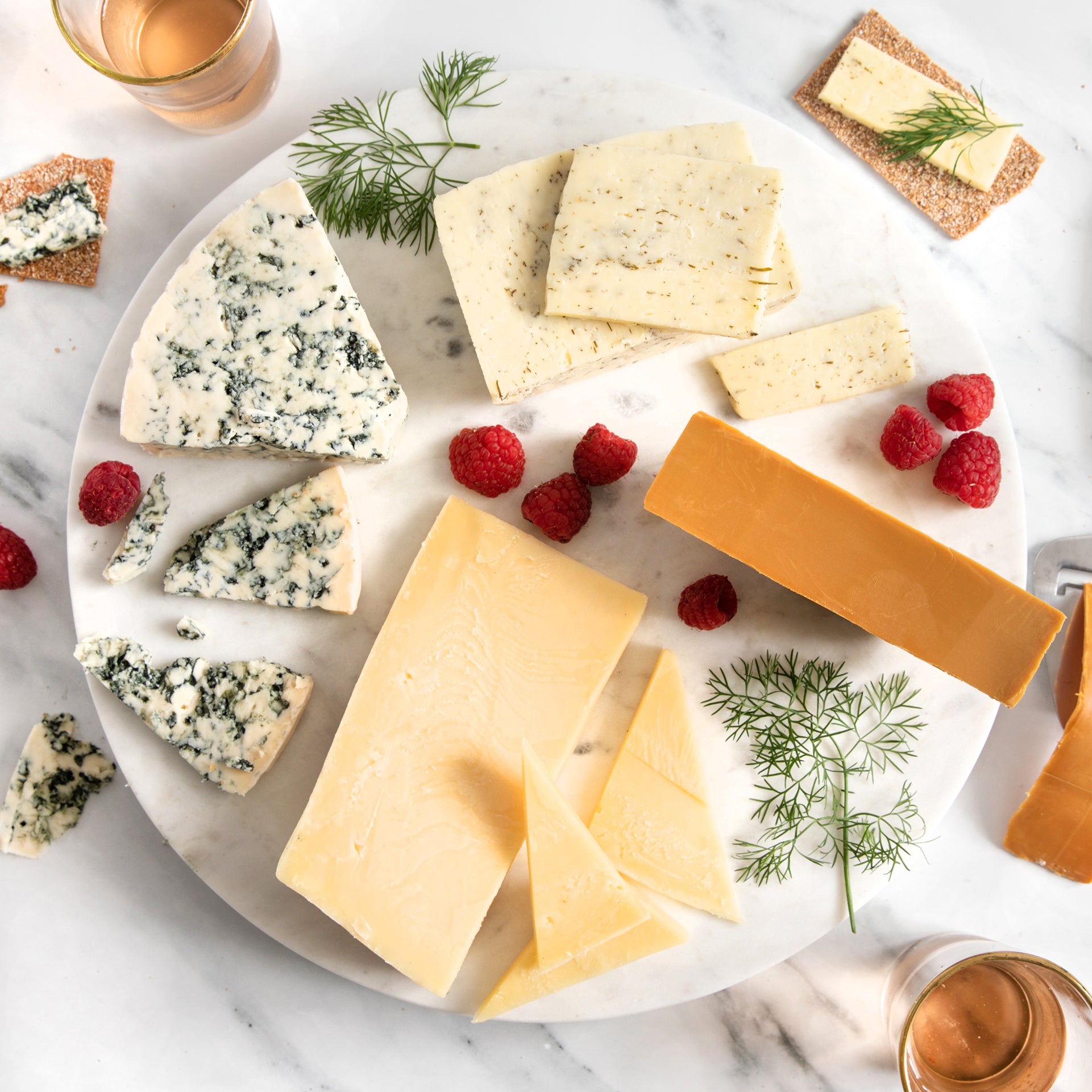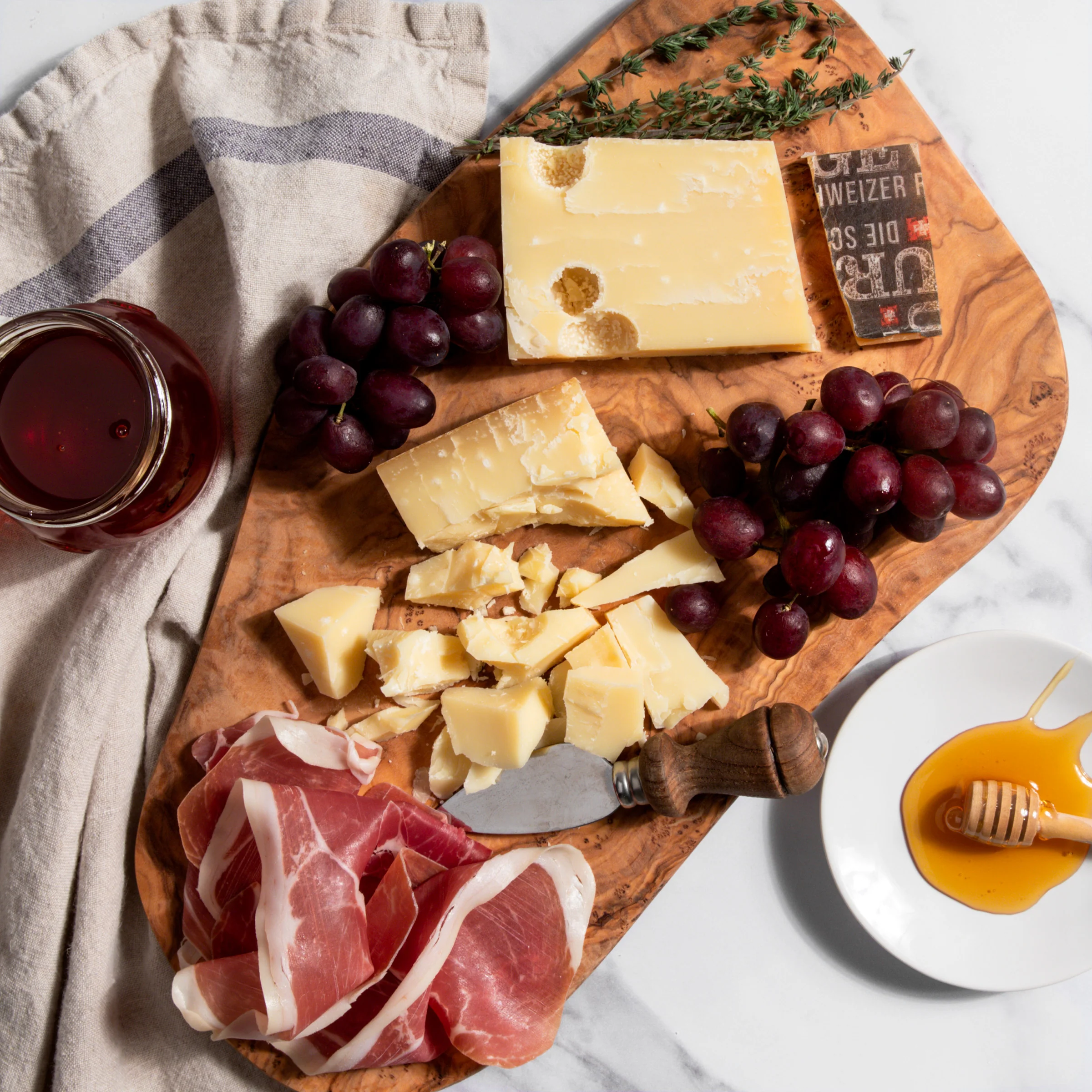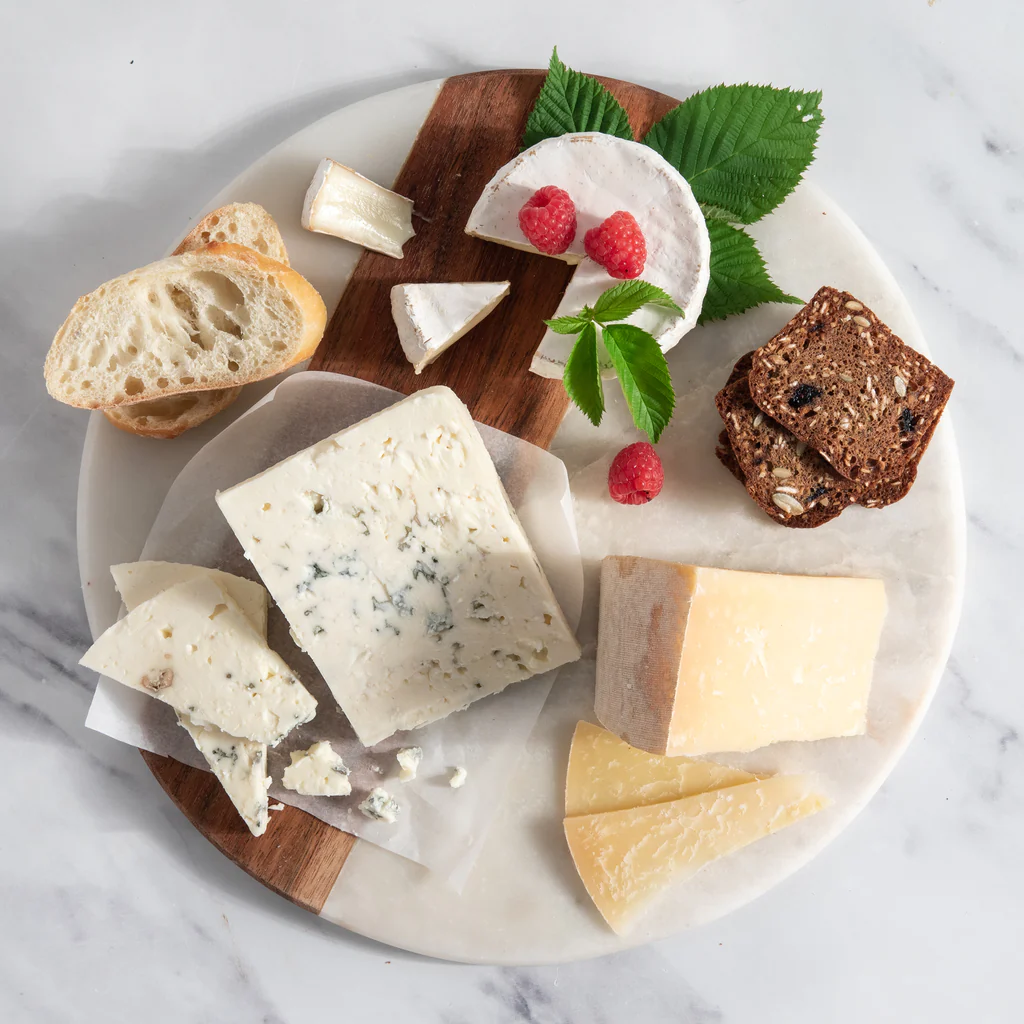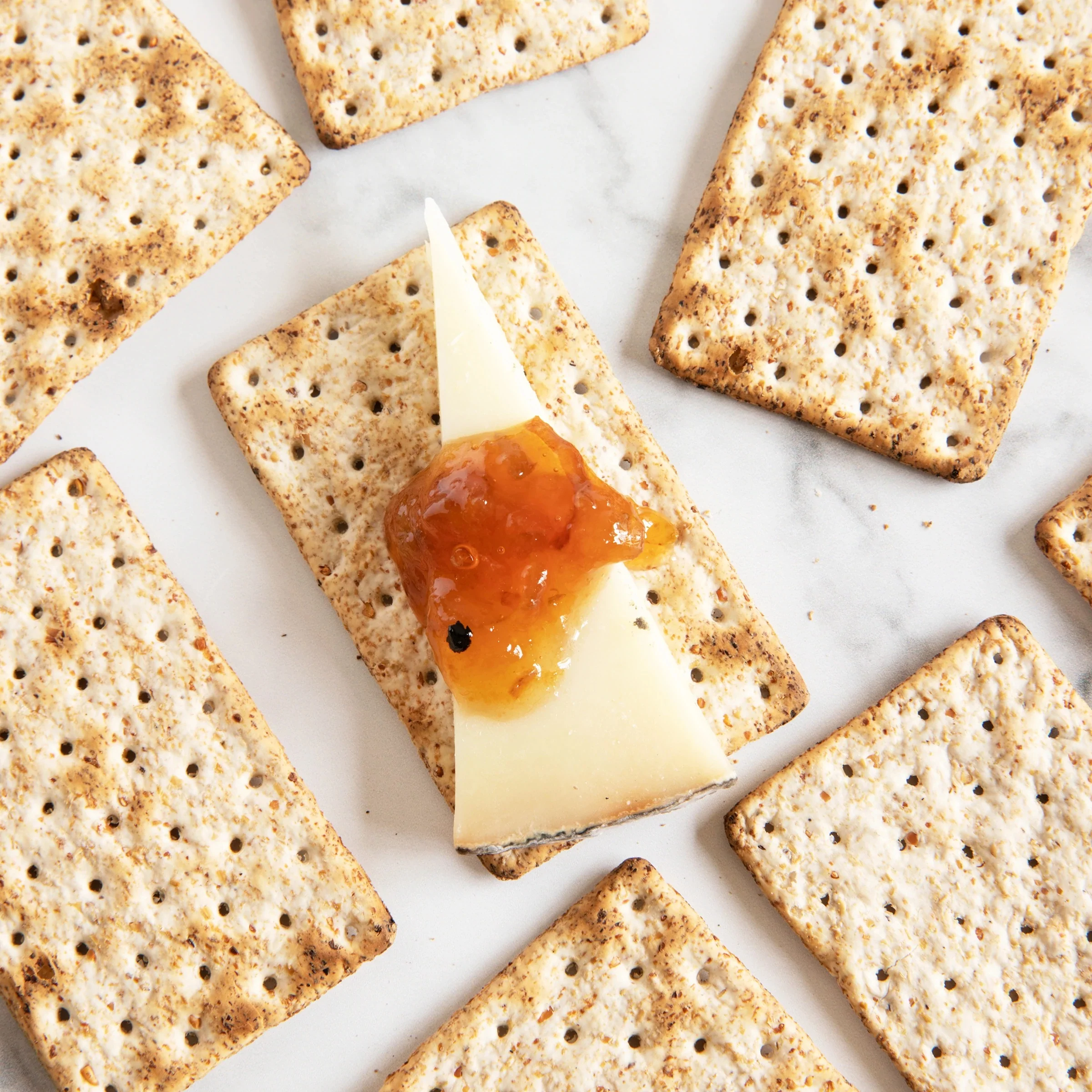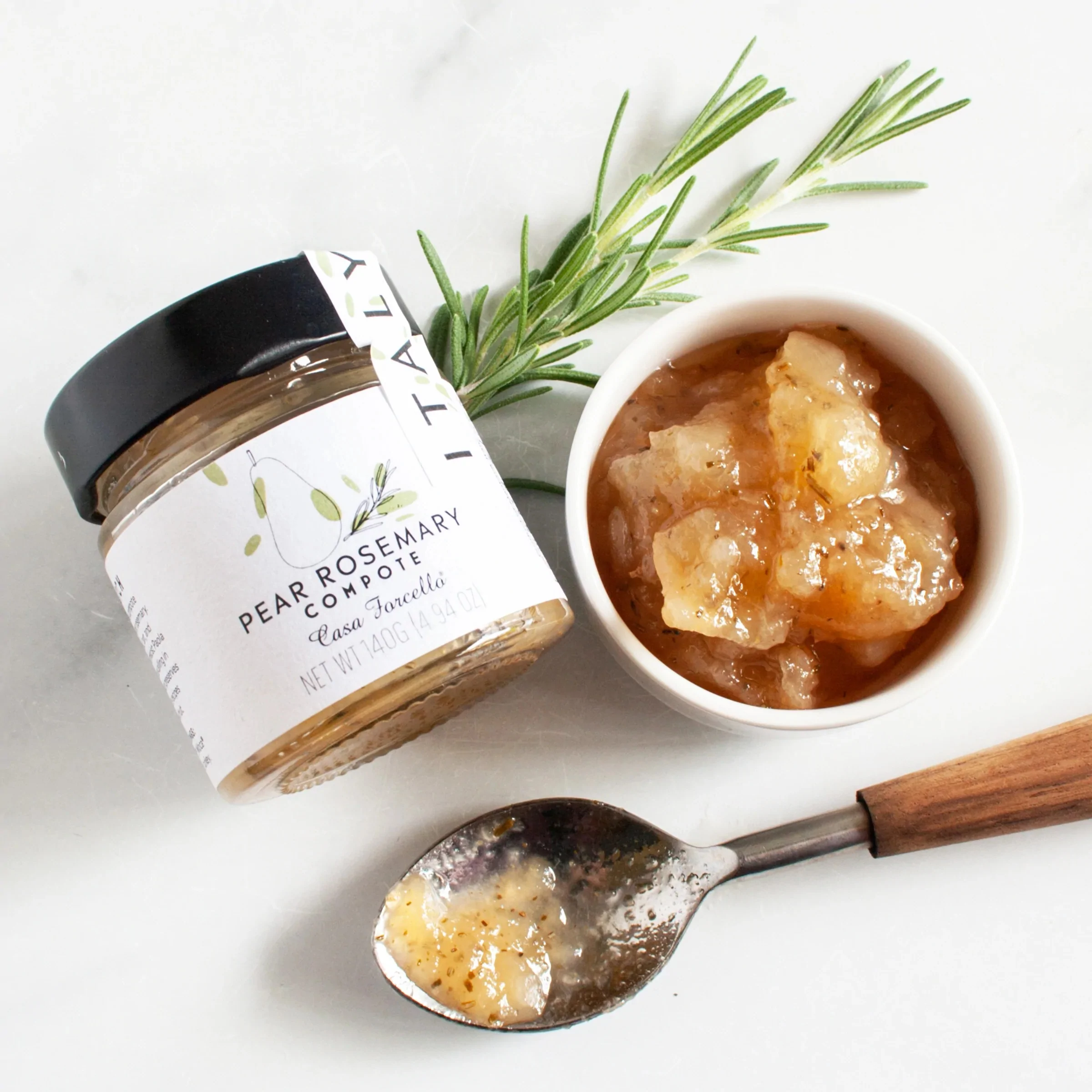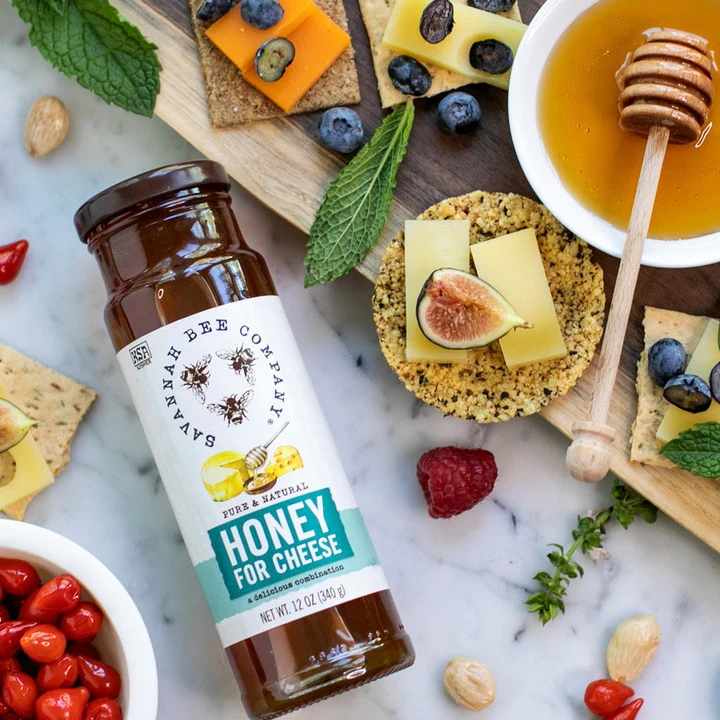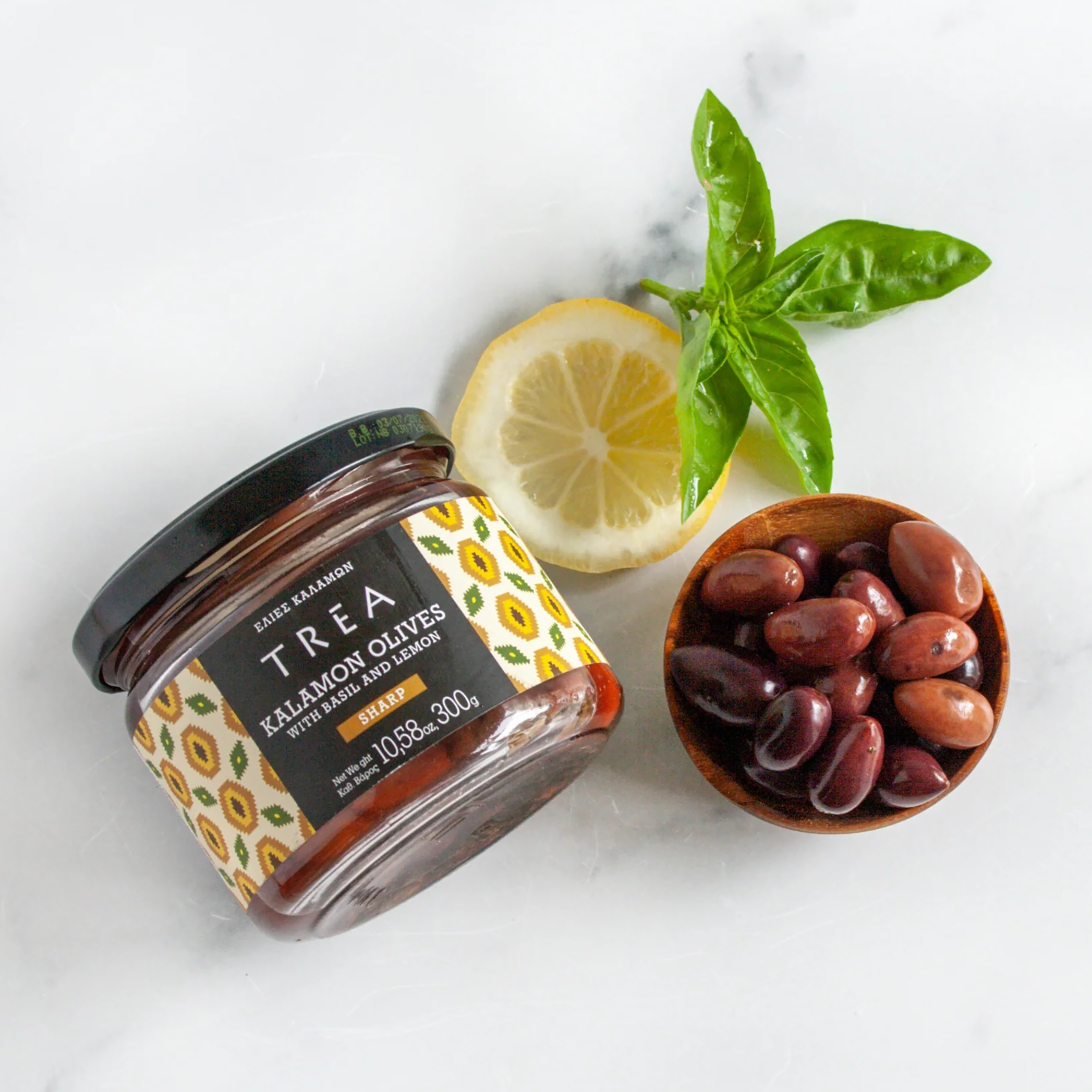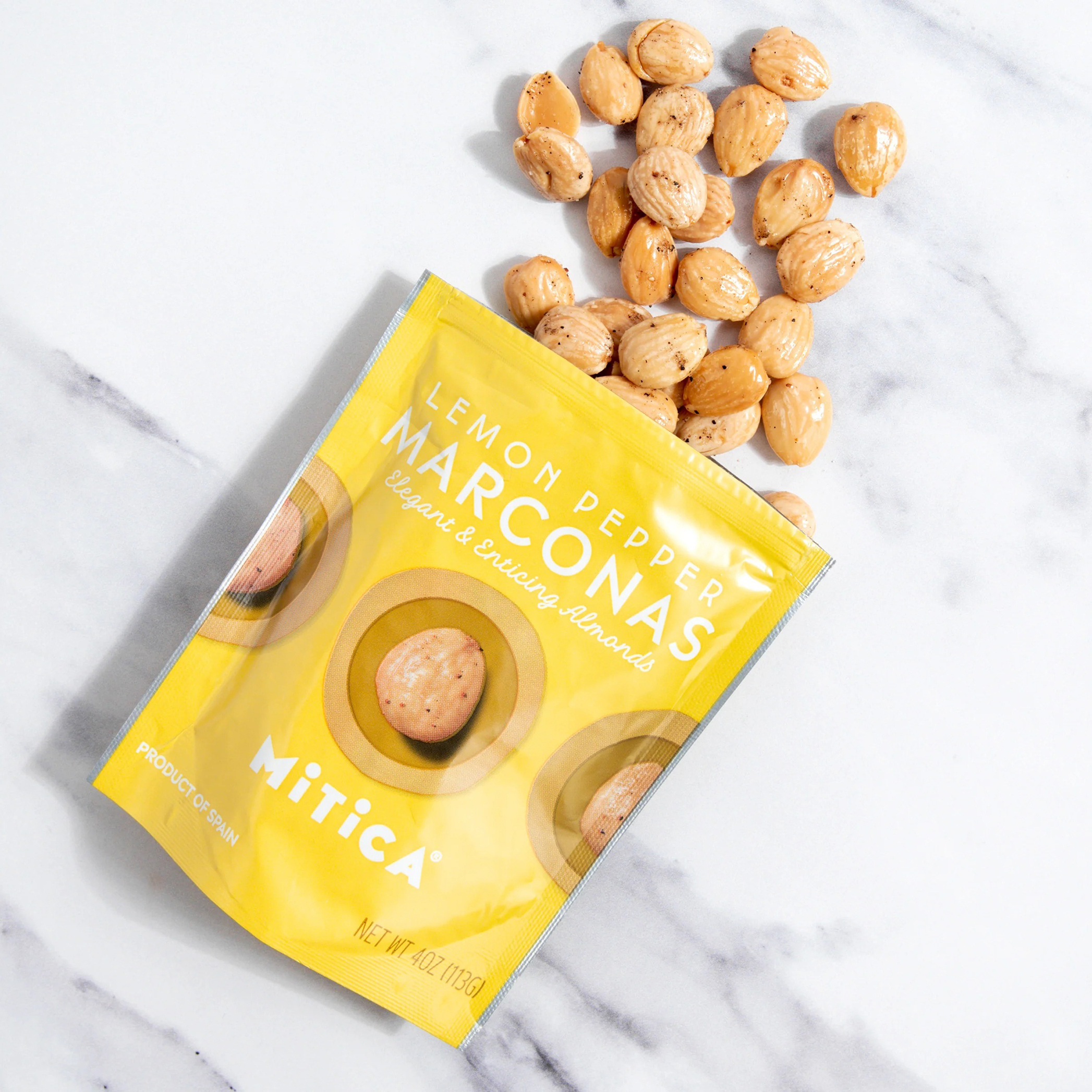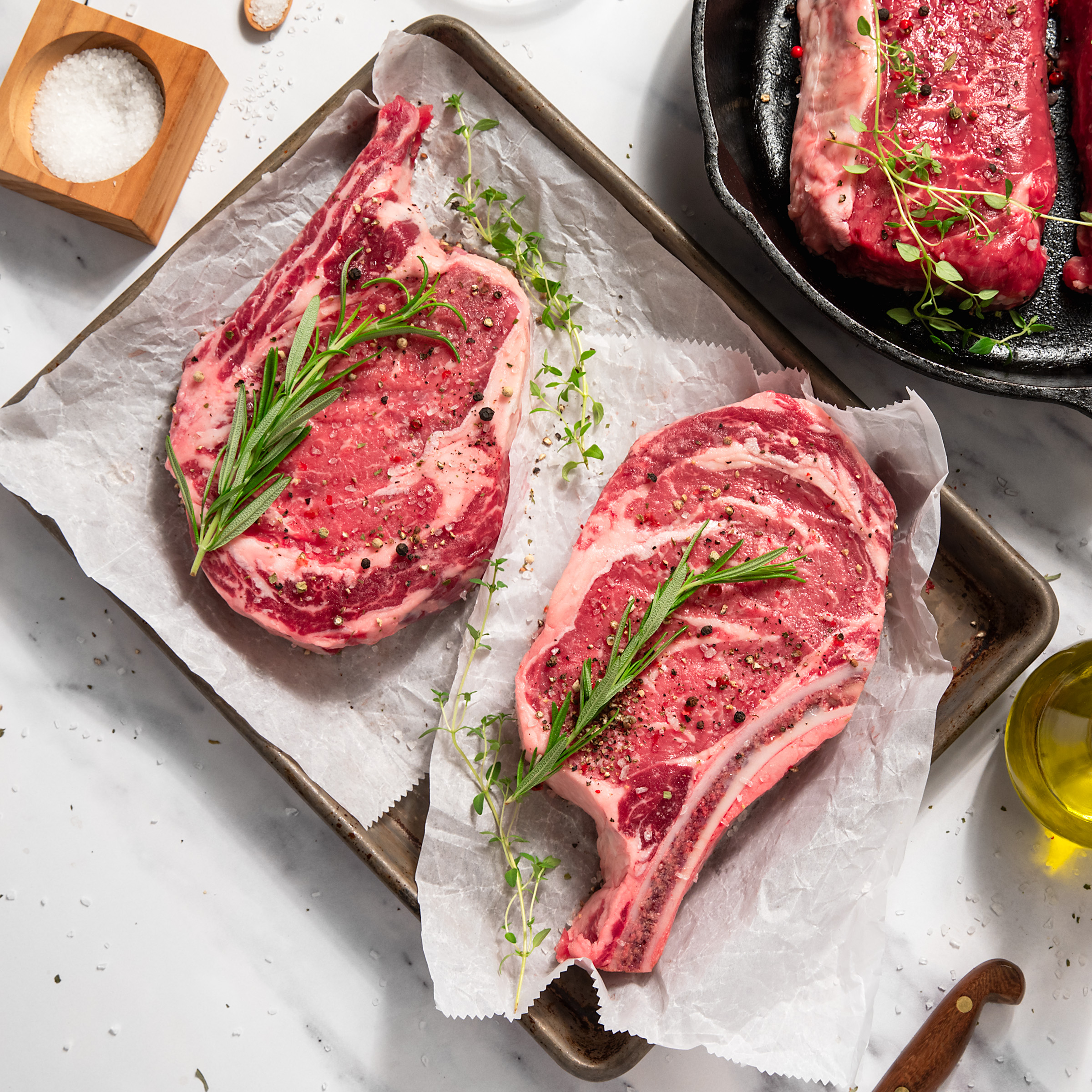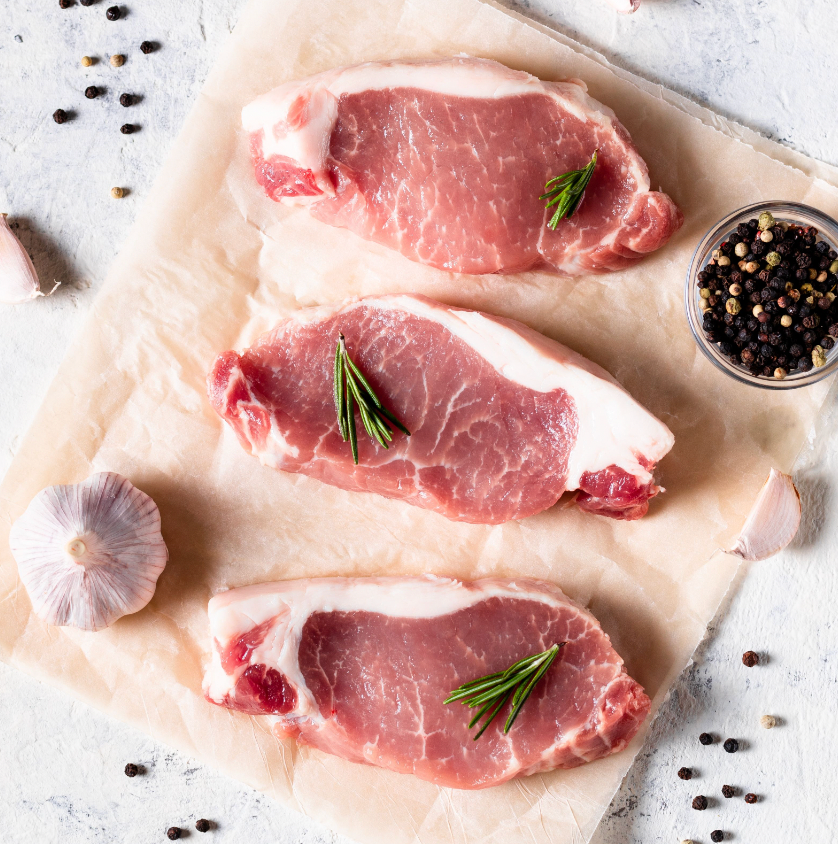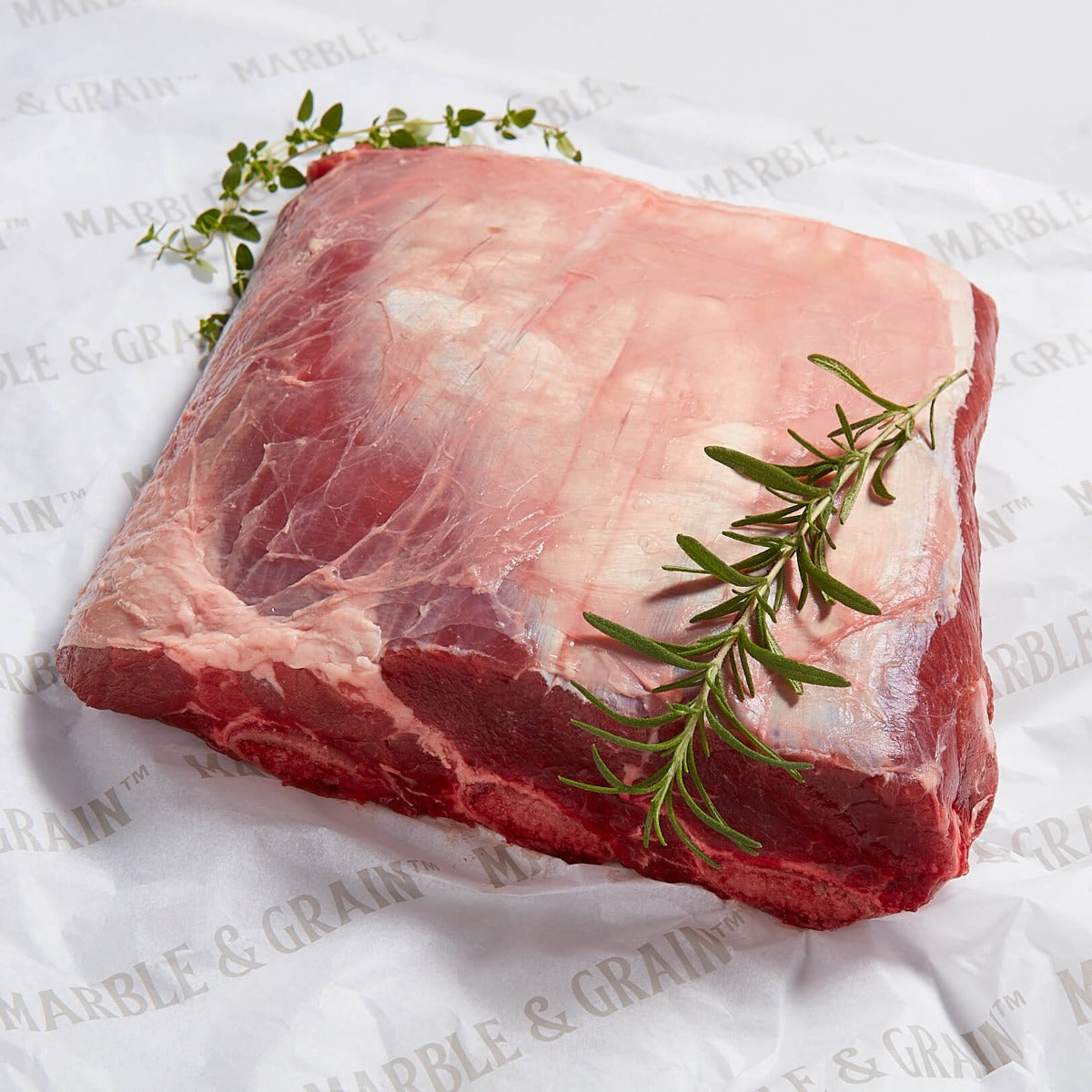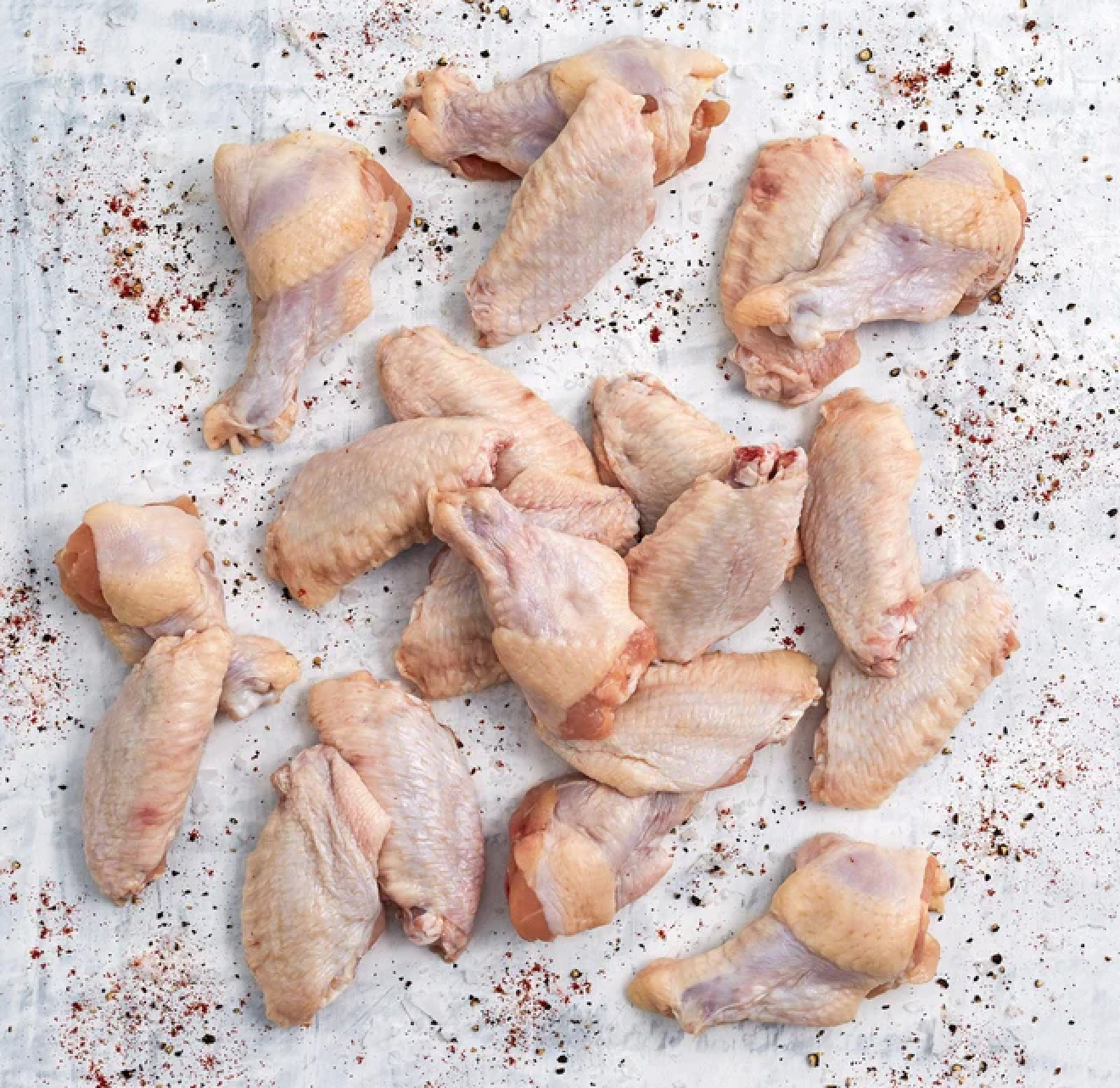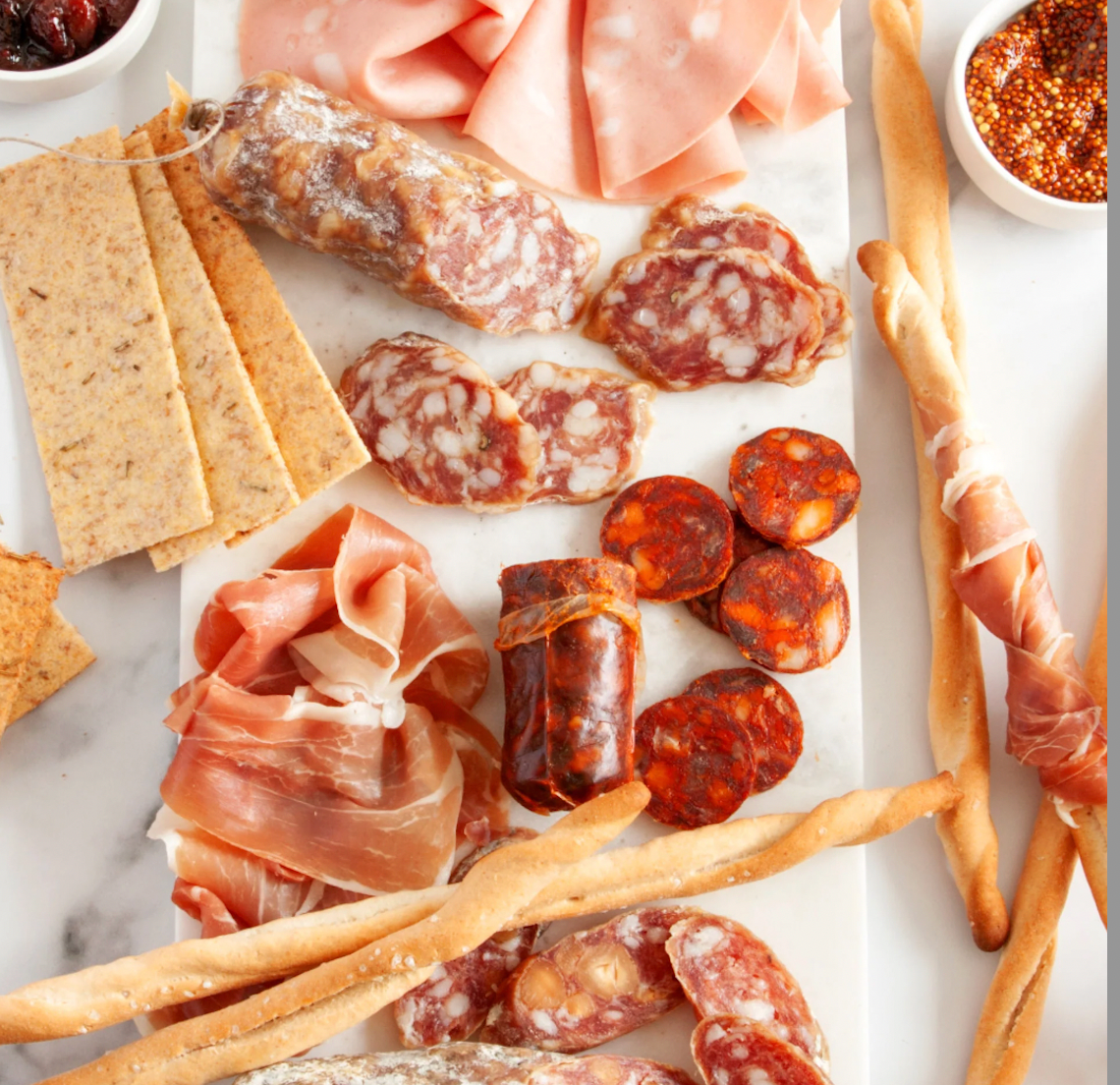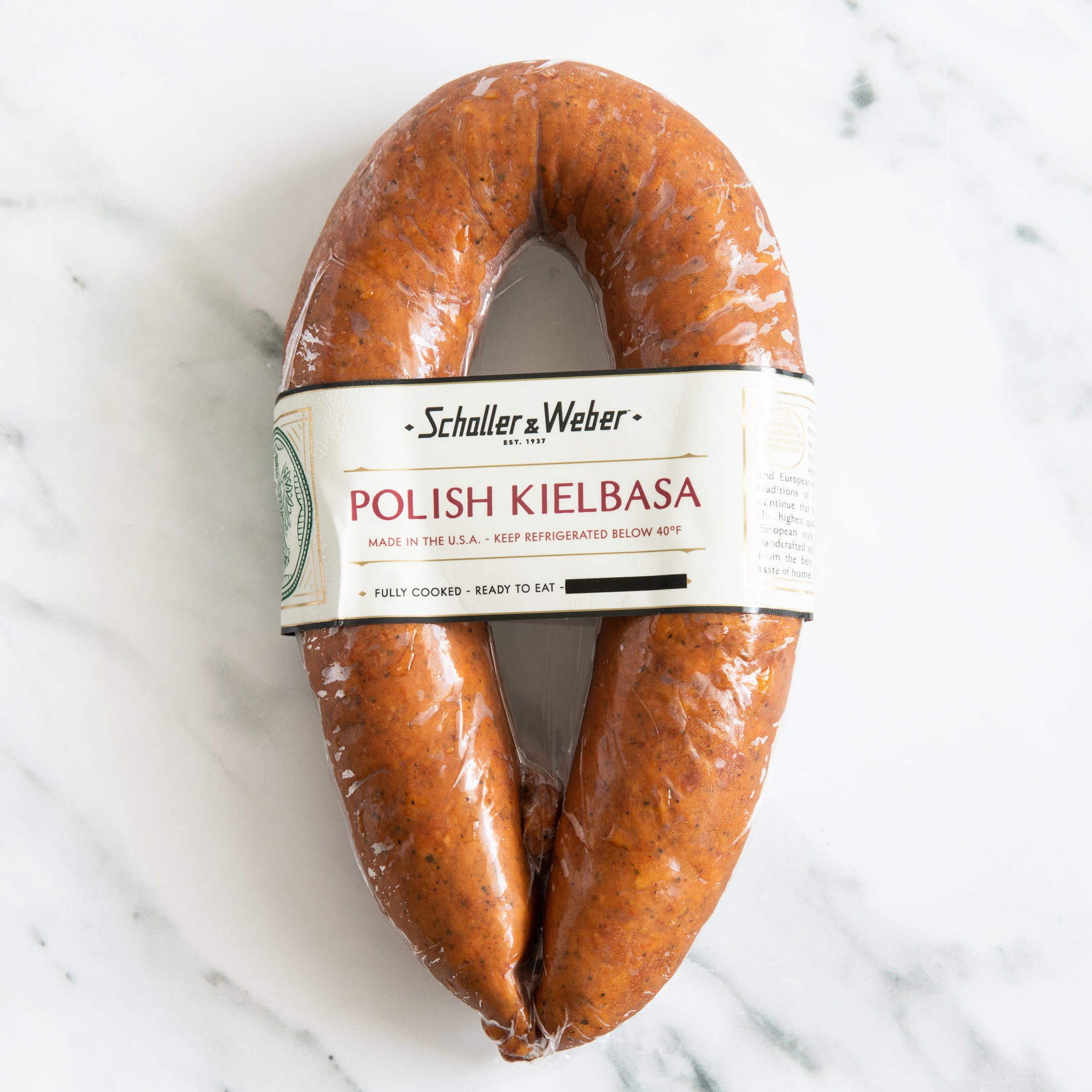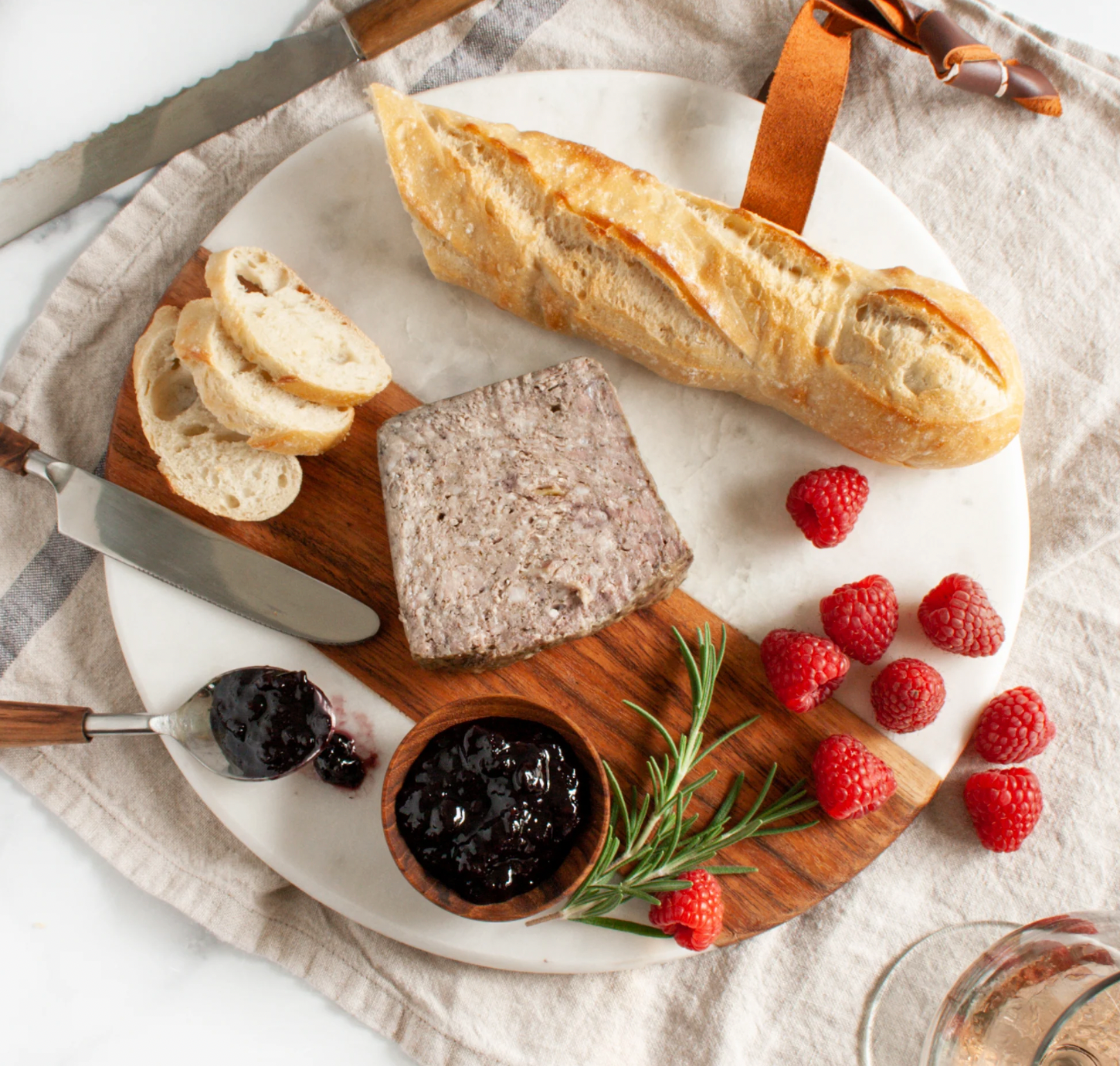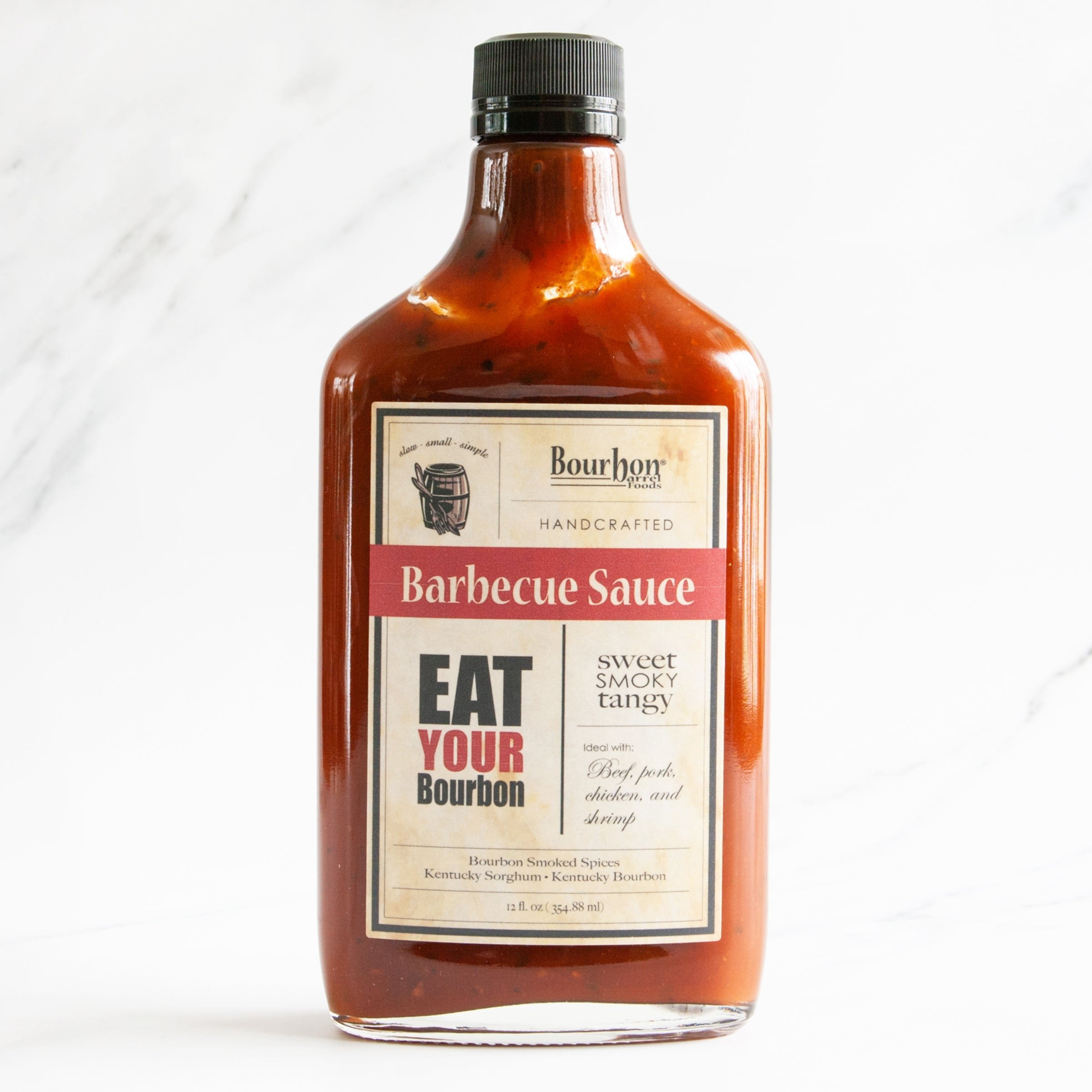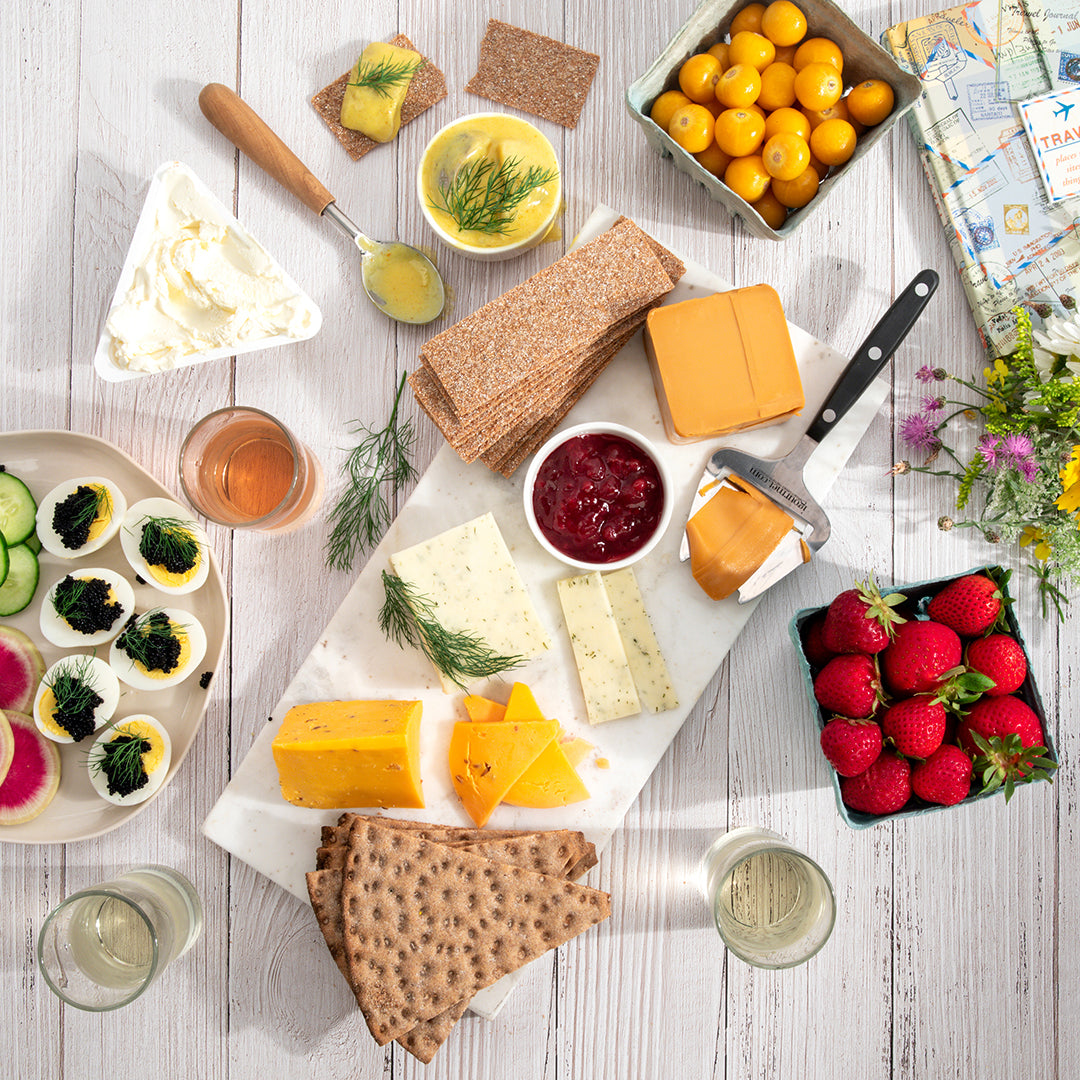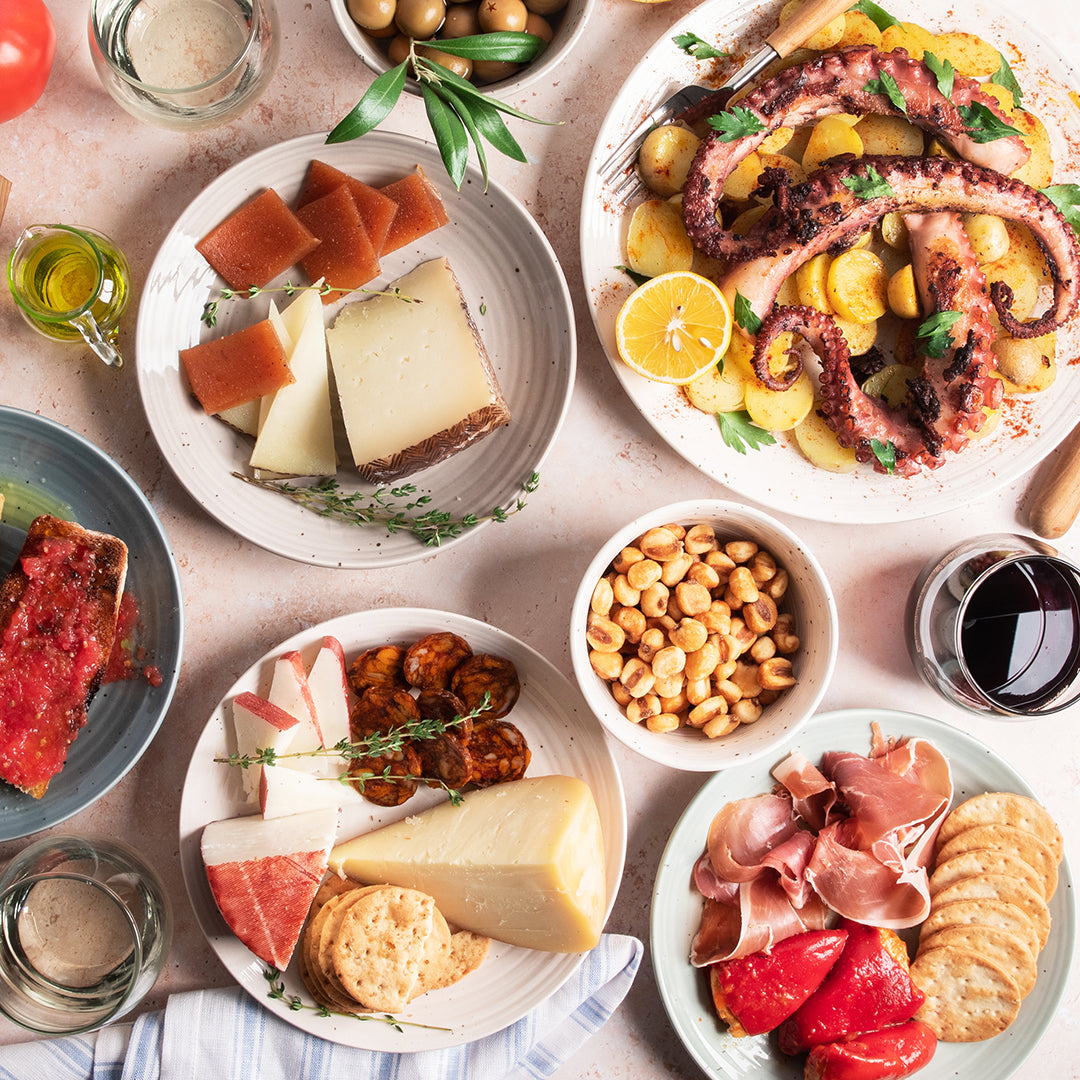Swedish Cuisine Guide
Spanish Cuisine Guide
June 12, 2019 | By Dave Mattingly
Shop, Find Traditional Recipes, Read About History and Culture
Spanish Food is influenced by Spain's geography, climate and the cultures and civilizations that have passed through or settled in the region throughout history. Spain is located on the Iberian Peninsula, is surrounded on three sides by water and has more miles of coastline than any other European country. Logically, seafood forms a base to the Spanish coastline's cuisine. Spain is comprised of various geographical terrains, including the Pyrenees Mountains in the North, and lush pastures with rich soil that offers offer ideal grazing for cattle and sheep. Spain's dry climate allows for the cultivation of natural produce such as grapes and olives, which contribute to the country's Mediterranean Diet.Spanish Food History
The influences of other cultures on Spanish Food began as early as 1100 BC, when the Phoenicians introduced their sauces to the region. The Greeks influence was seen in the cultivation of olives and its olive oil and by the 2nd century BC, Spain was under Roman control, whose contribution included their cultivation of grapes, olives and wine. The exportation of hams from Pamplona helped to strengthen the local economy. Yet no other culture would influence Spain more than the Moors, who gained control in the 8th century. Entering from the Strait of Gibraltar in Africa, the Moors infiltrated South and Central Spain, and occupied the country for nearly 700 years. The Moors introduced new advances in agriculture, new spices such as saffron, cinnamon and nutmeg, fruits, vegetables and soups such as gazpacho, a cold tomato-based soup. Rice, a staple of Spanish cuisine, was also introduced by the Moors. After the discovery of the New World in 1492, changes to Spanish Food came when brand new foods from the Americas were incorporated into Spanish cuisine such as potatoes, beans, vanilla, tomatoes, corn, peppers and chocolate.
Regional Spanish Cuisine
Each region of Spain has its specialties. Tapas are traditional Spanish appetizers, snacks or finger foods, which are usually accompanied by wine and believed to have origins in Seville, Spain. It is said that bartenders would cover (“tapar”) wine glasses with a small plate to protect the food underneath from flies. Soon a slice of ham, olives, cheese, sausage and other tasty treats would find their way onto the plate. Customers enjoyed these plates and the dish quickly gained popularity and became more complex. Tapas continue to be extremely popular today, and may even be found in small villages throughout the country. Northern Spain is known for its sauces and seafood, while tomatoes, peppers and onions find prominence in dishes of the Pyrenees. Eastern Spain is known for its rice-based paella dishes and the southern region of Andalusia is known for its fried fish and tapas. Central Spain's diet is heavy in roasted meats and stews.
There are many foods that permeate the cuisine of the entire country. One essential ingredient in Spanish cooking is olive oil, which should come as no surprise, since Spain produces nearly 44% of the world's olive oil. Garlic, olives and sweet and hot peppers are also important ingredients in most Spanish recipes. Meat, poultry, game, fish bread and salad (during summer months) are also prominent in the Spanish diet along with the customary drinking of wine during meals. Desserts are usually fruit or a dairy based, while cakes and tarts are reserved for special occasions. Some additional classic Spanish Foods are detailed below:
Spanish Cheese
Cheese has been produced in Spain for thousands of years. Evidence of the production of the pre-cursor to Manchego cheese was found to have been produced several centuries BC. Spanish Cheese is made from sheep, cow or goat's milk or a mix of these milks. Due to variations in topography and climate, each region produces its own cheese. Throughout the centuries, sheep's milk cheese has developed in Spain's dry interior, the rich pastures and mountains in the North has allowed for production of cow's milk cheeses, and thanks to its cost-effectiveness, fresh goat's milk cheese has been made throughout the country. From Manchego cheese from La Mancha to Tetilla cheese from Galicia, Spanish Cheese is a popular food eaten in tapas as well as during meals and for dessert. Spain even produces one of the world's great blue cheeses, Cabrales, aged in limestone mountain caves of Northern Spain. Spain has over twenty Protected Designation of Origin (PDO) cheeses. This classification protects quality and authenticity of the cheeses by requiring that they be produced using certain production methods, specific ingredients and in certain regions of the country.
Spanish Ham
Since ancient times, inhabitants of the Iberian Peninsula ate ham, even as early as Roman times. When the Moors invaded Spain, due to religious beliefs pork was prohibited, but once the Christians regained control, pork became a popular food once again. Today, Spain is the largest producer and consumer of air-dried cured ham in the world. Ham is so prized in Spain today that not only is there several Protected Designation of Origin (PDO) hams (a status which regulates production methods, ingredients and locations within Spain) but there is also a chain of Museos de Jamón or “Ham Museums” around the country.
The two main types of cured ham in Spain are Jamón Serrano (Serrano ham or mountain ham) and Jamón Ibérico (Iberico ham). Serrano hams are hams cured using sea salt, the mountain air, and approximately a year's worth of time. The production of Serrano ham is overseen by the European Union's T.S.G., Traditional Specialty Guaranteed certification. This status protects the authenticity of Serrano ham and ensures that it is a historical, authentic and genuine product. In 1990, the main producers and exporters of Serrano ham joined forces to create the Consorcio del Jamón Serrano Español to guarantee the quality of Serrano hams. Their “S” shape brand on the skin of the ham guarantees that the ham has passed the strict standards of the Consorcio. Jamón Ibérico (Iberico Ham) is the highly prized ham made from the Iberico pig, which is bred in Southwestern Spain and Southwestern Portugal. These pigs are known for feeding on acorns, and are cured from fourteen to thirty six months.
Paella
Arguably Spain's best known dish, Paella (pie-AY-ah) is a rice stew. Originating in the eastern region of Valencia, Paella is typically made from shrimp, crab, lobster or clams, chorizo, vegetables, meat from chicken or rabbits, long-grain rice and spices such as onions, garlic, wine and saffron are added for a rich flavor.
Spanish Sausage
Sausage is an important part of the Spanish diet. In particular, Spanish Chorizo has been a staple in Spanish Food for centuries. Chorizo has a deep red coloring from Spanish paprika and has a distinctive rich and tangy flavor. Chorizo is available in different varieties from fresh and soft to smoked and aged. A common ingredient in soups and stews, Chorizo may be sliced and eaten alone and is perfectly complimented with a piece of crusty bread.
Spanish Desserts
Desserts in Spain vary from region to region and may range from simple fruit desserts to elegant pastries. One of Spain's most popular desserts is flan. Flan is traditionally a vanilla egg custard, topped with caramel sauce. Churros are fritters that look like big French fries, yet are sweet not salty. The closest equivalent to the taste of Churros in the US would be doughnuts. Topped with sugar or honey and served with hot chocolate, Churros are a Spanish favorite for dessert and even breakfast. Of Moorish origin, Turron is a traditional Christmas treat in Spain. This Spanish almond candy is made from primarily from almonds and honey.
Our gourmet Spanish Food selection includes cheeses, meats, desserts, sauces, spreads, oils, vinegars and many others. Some of the most popular for Tapas are Manchego, Tetilla, Chorizo, Serrano Ham, Olives, Gazpacho, Anchovies, and Piquillo Peppers.
Shop Now






